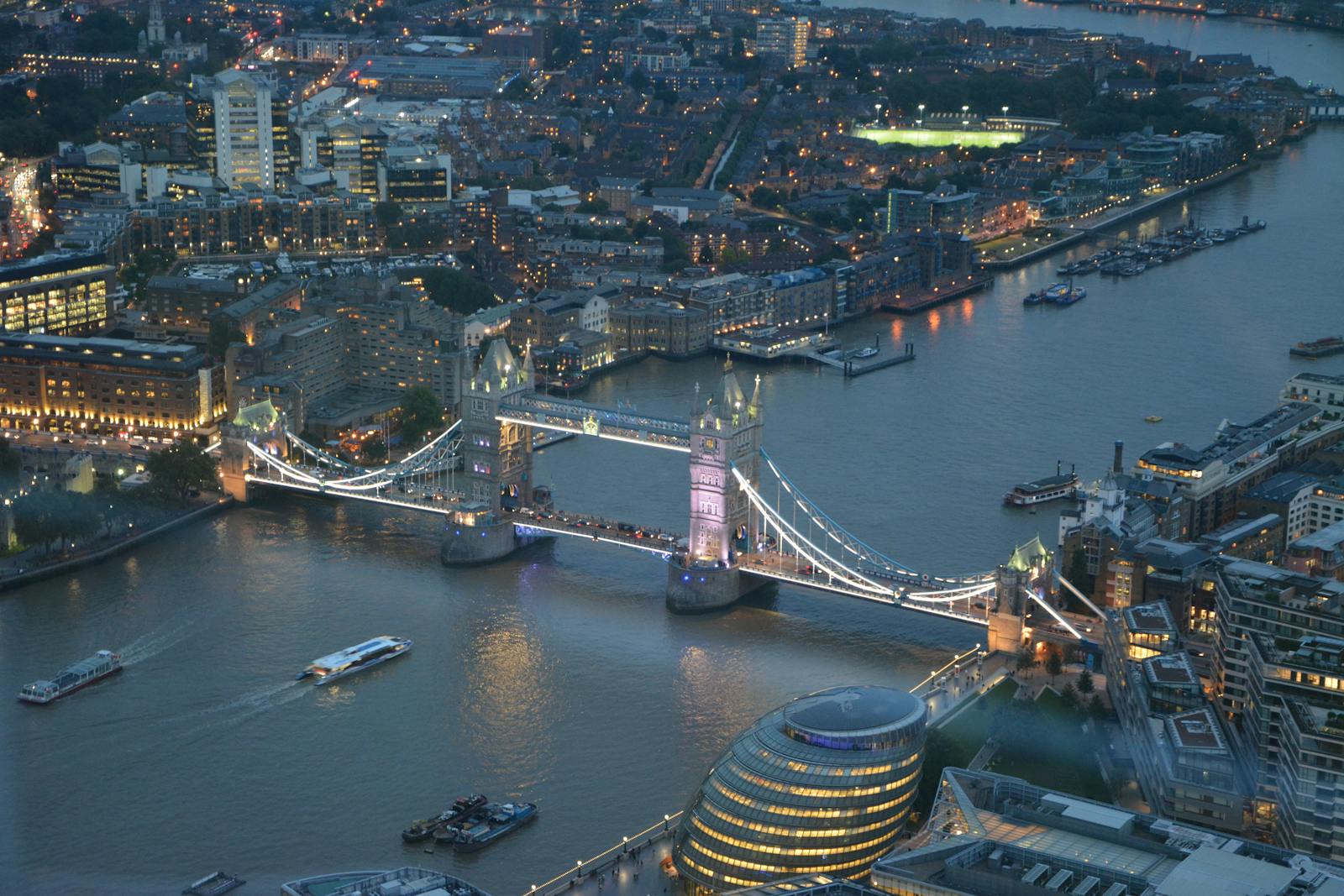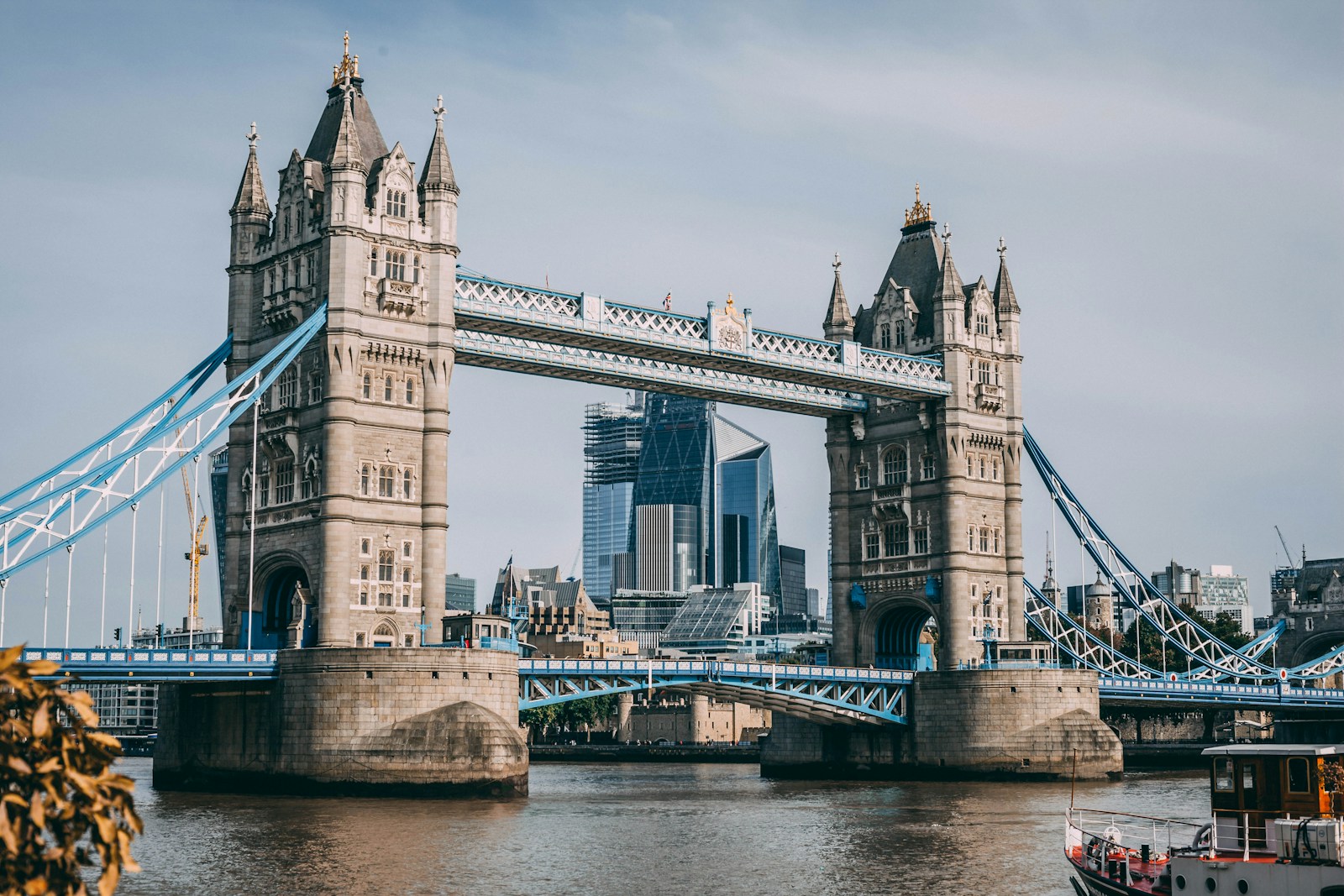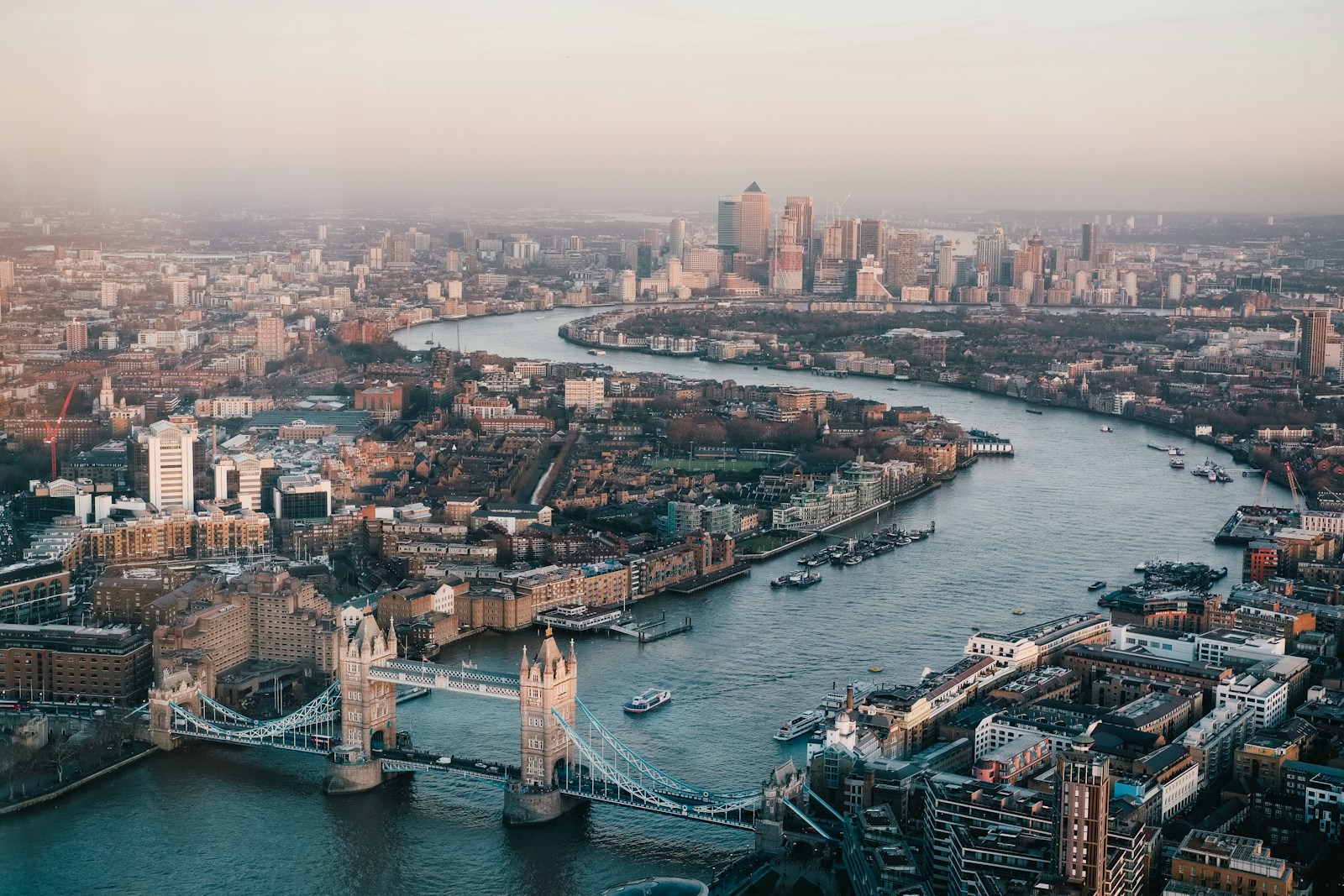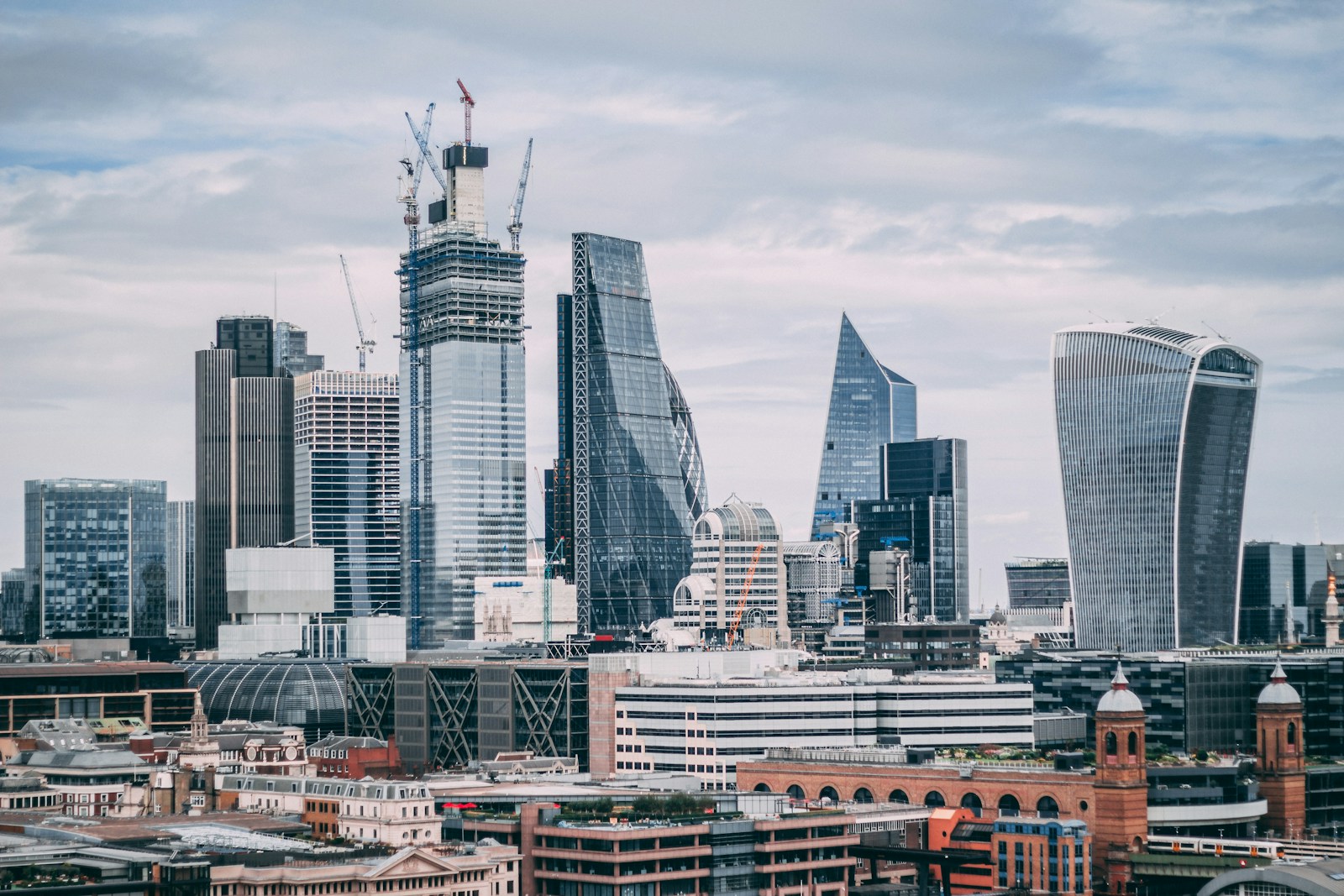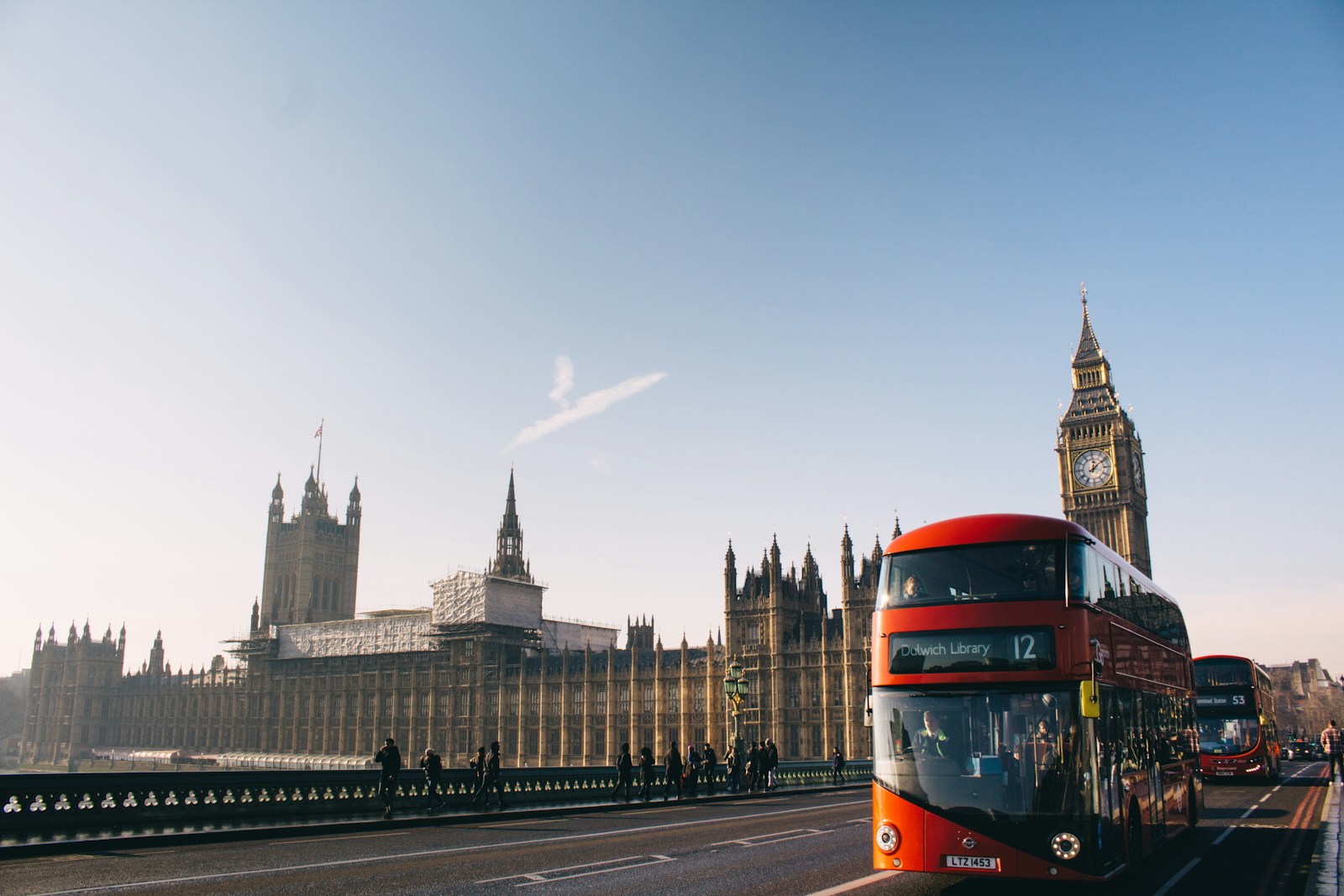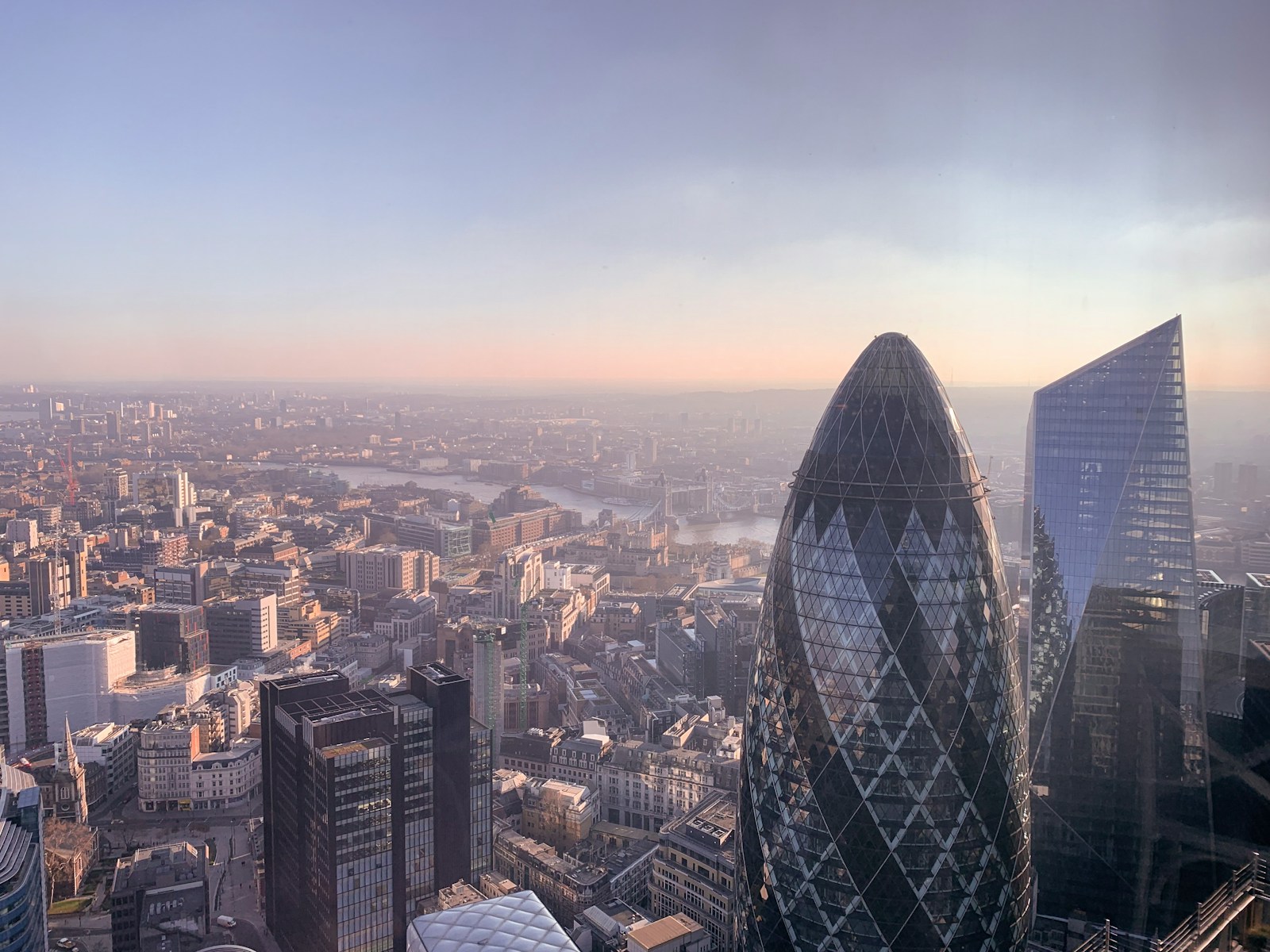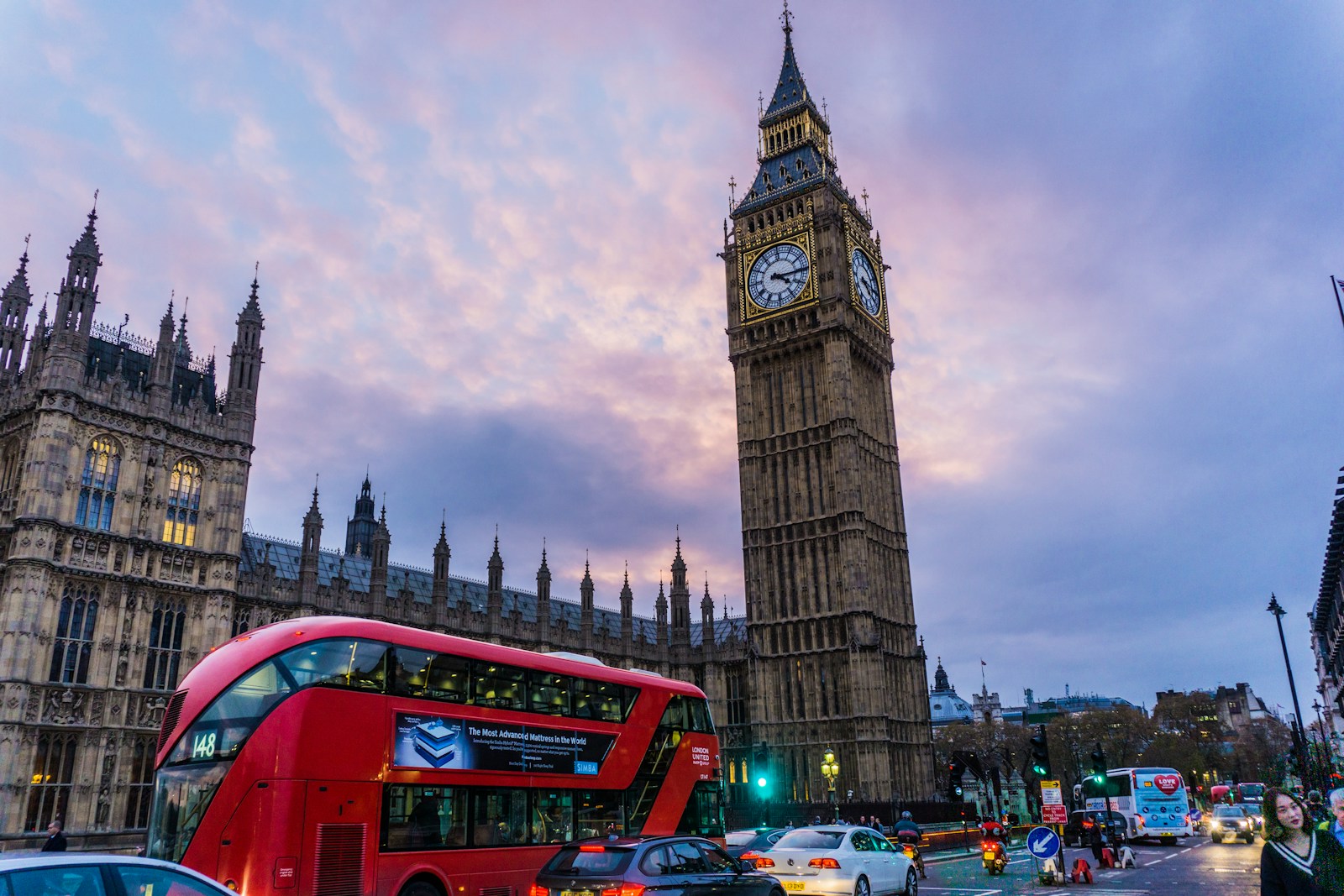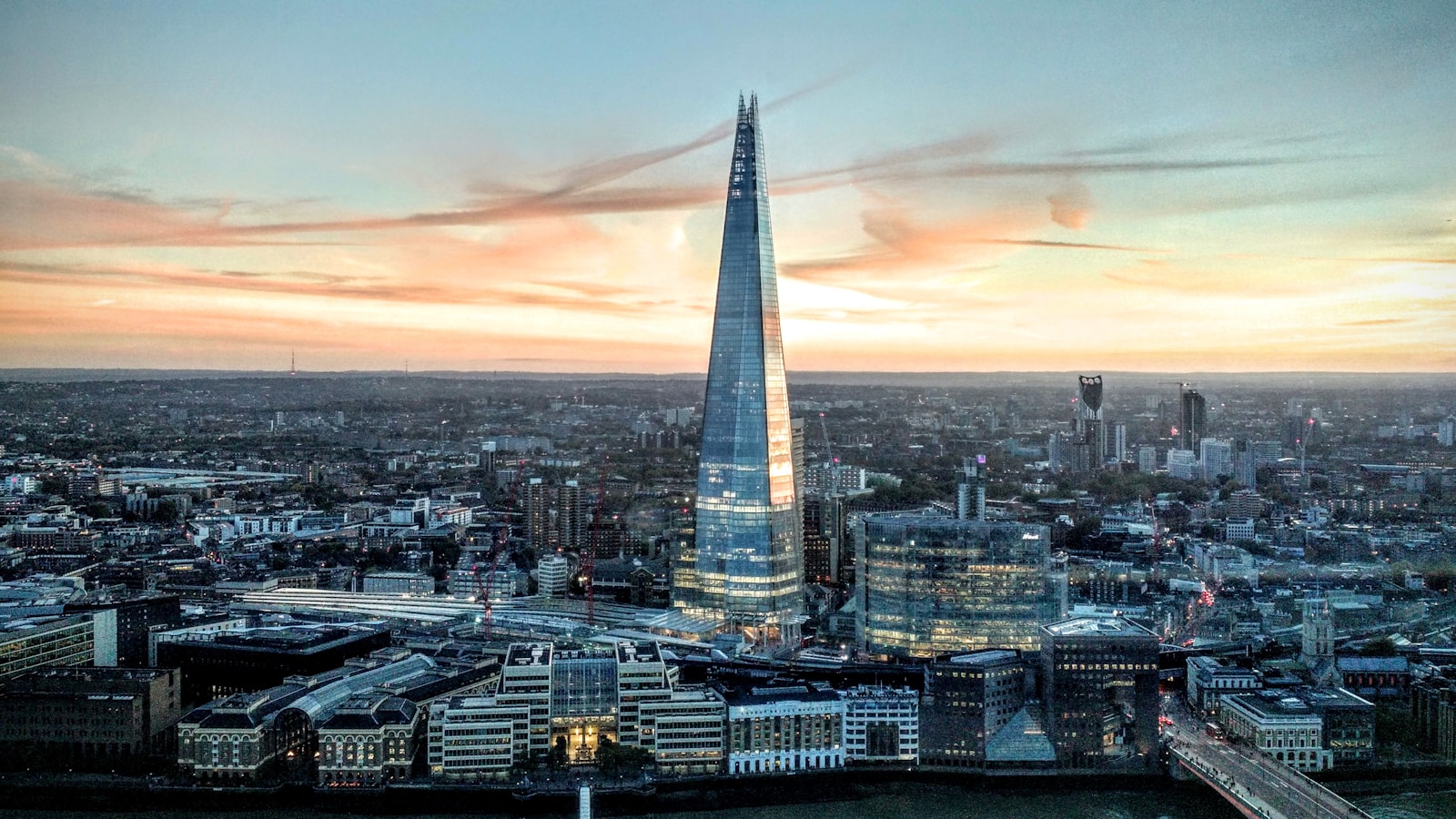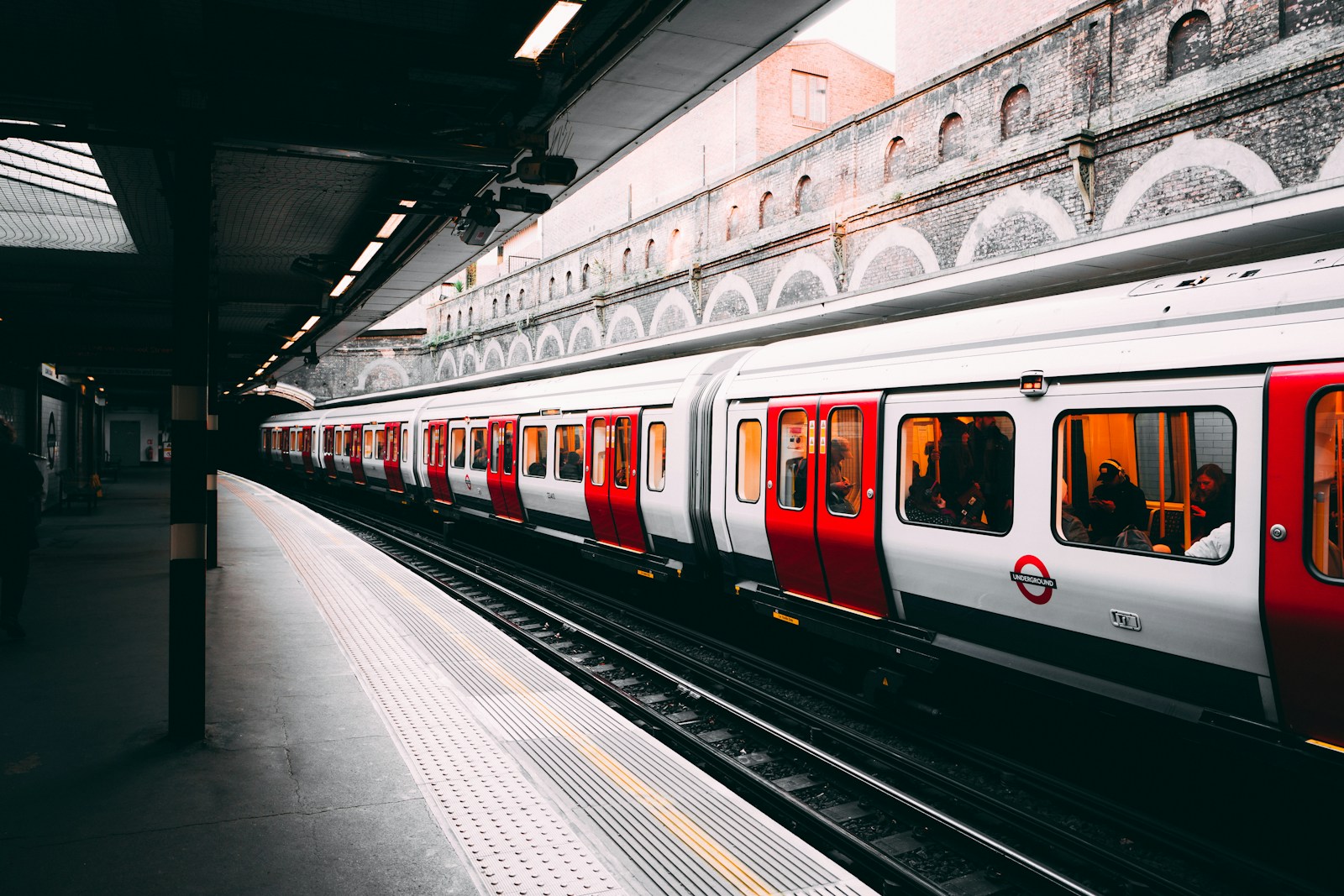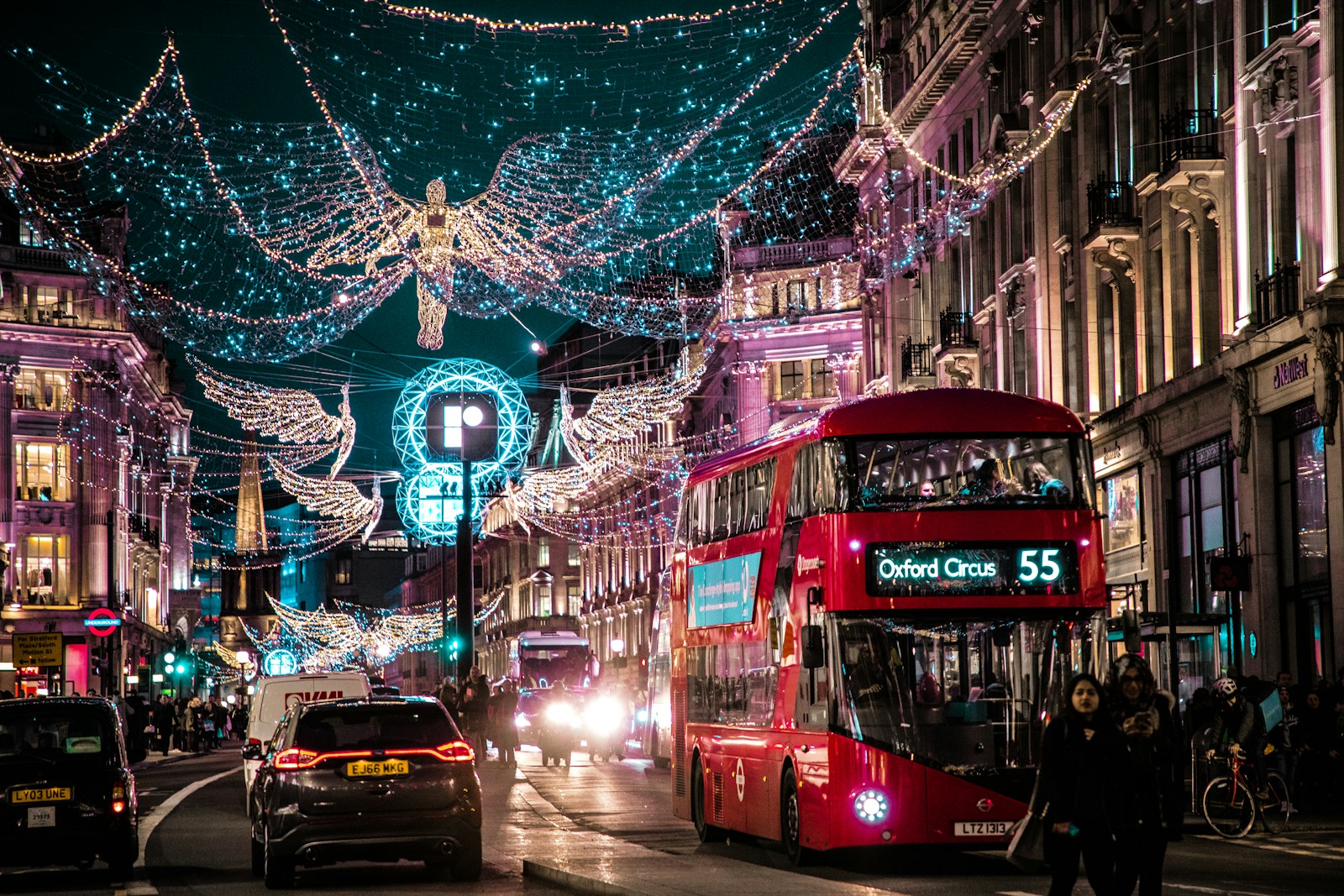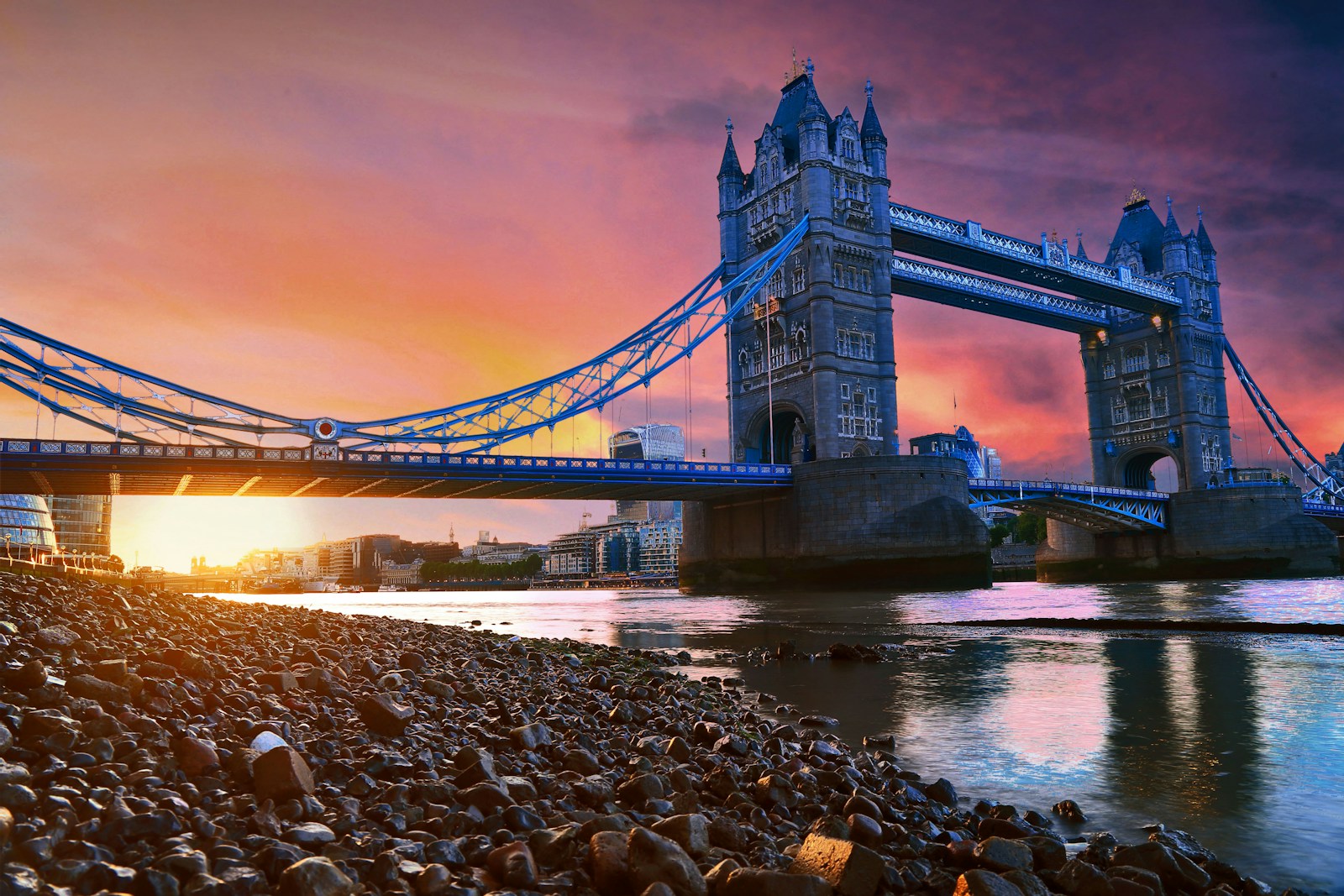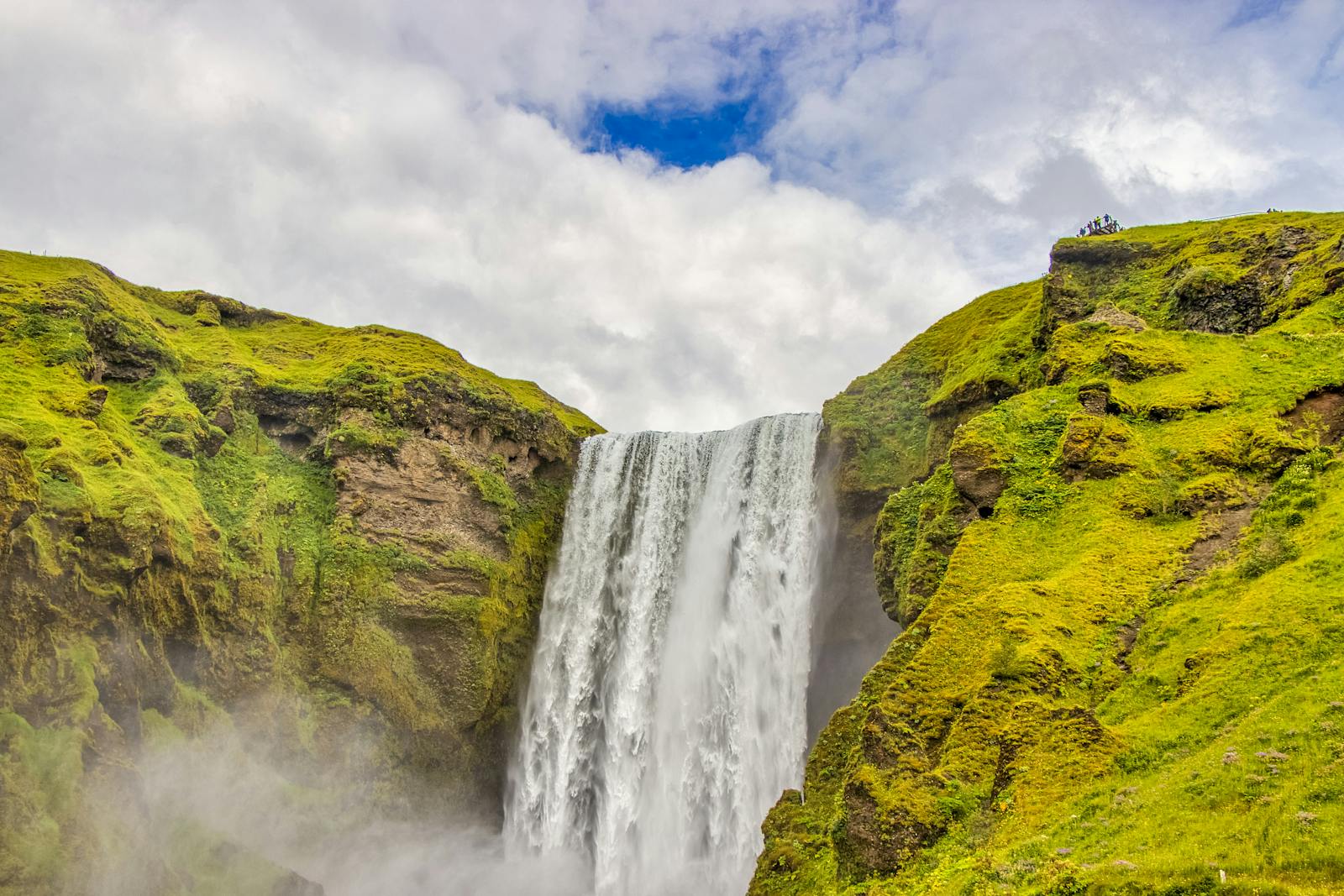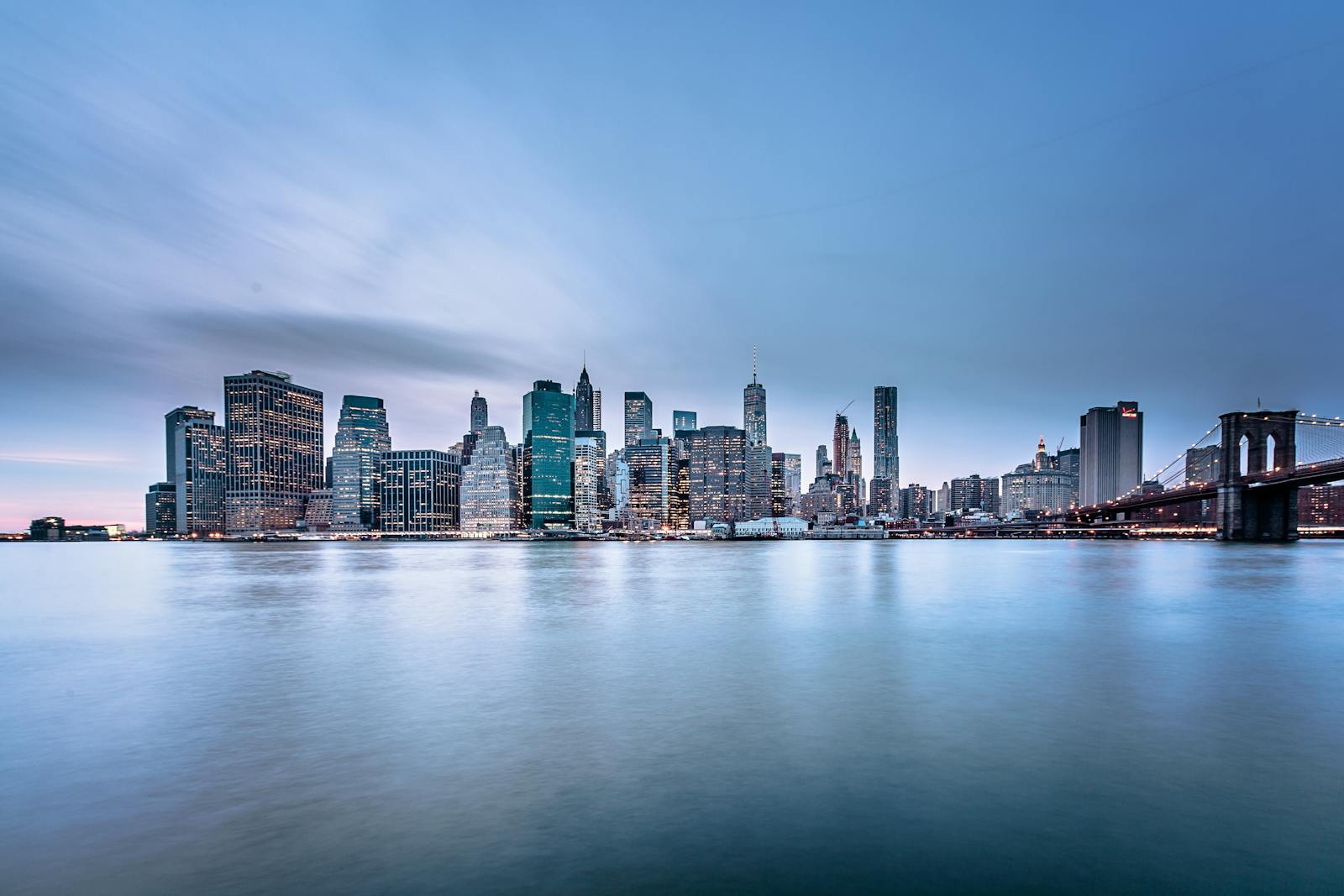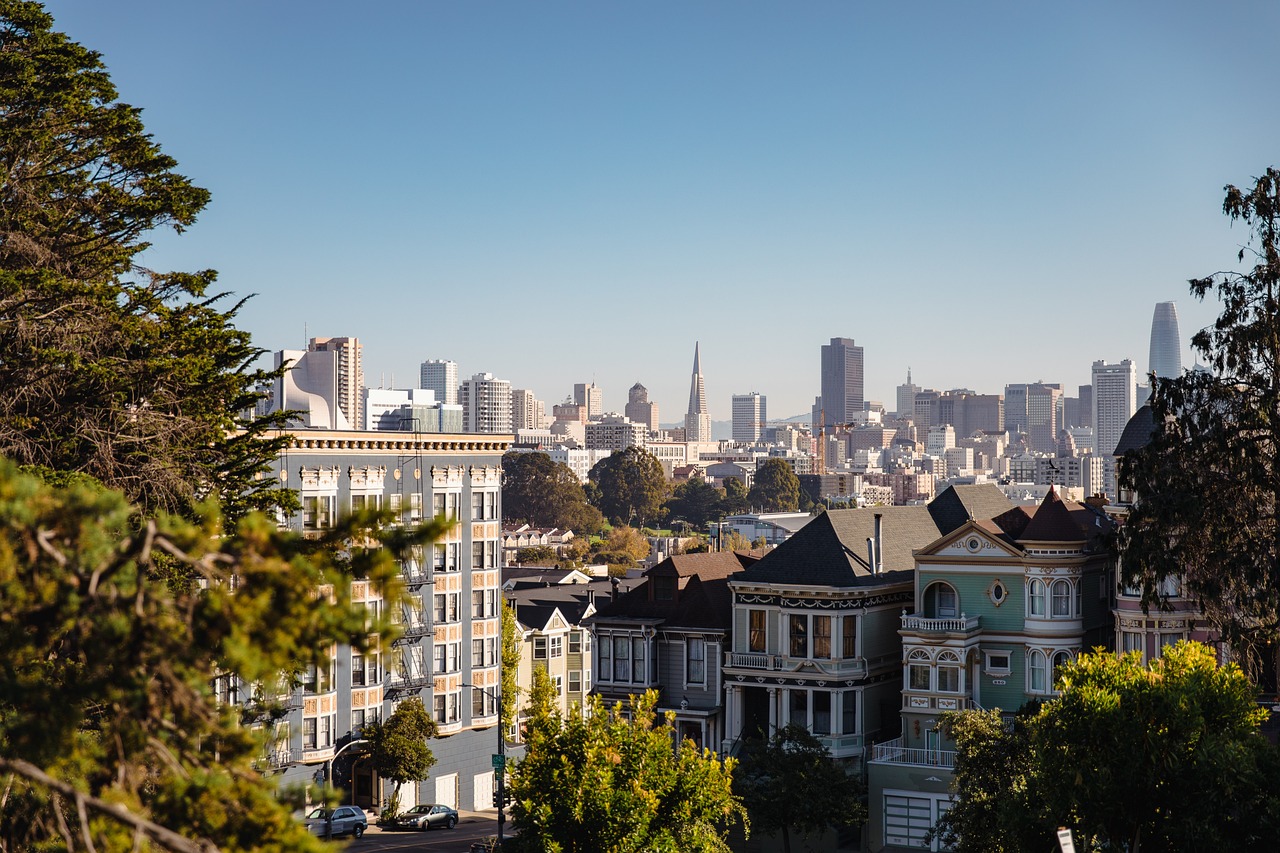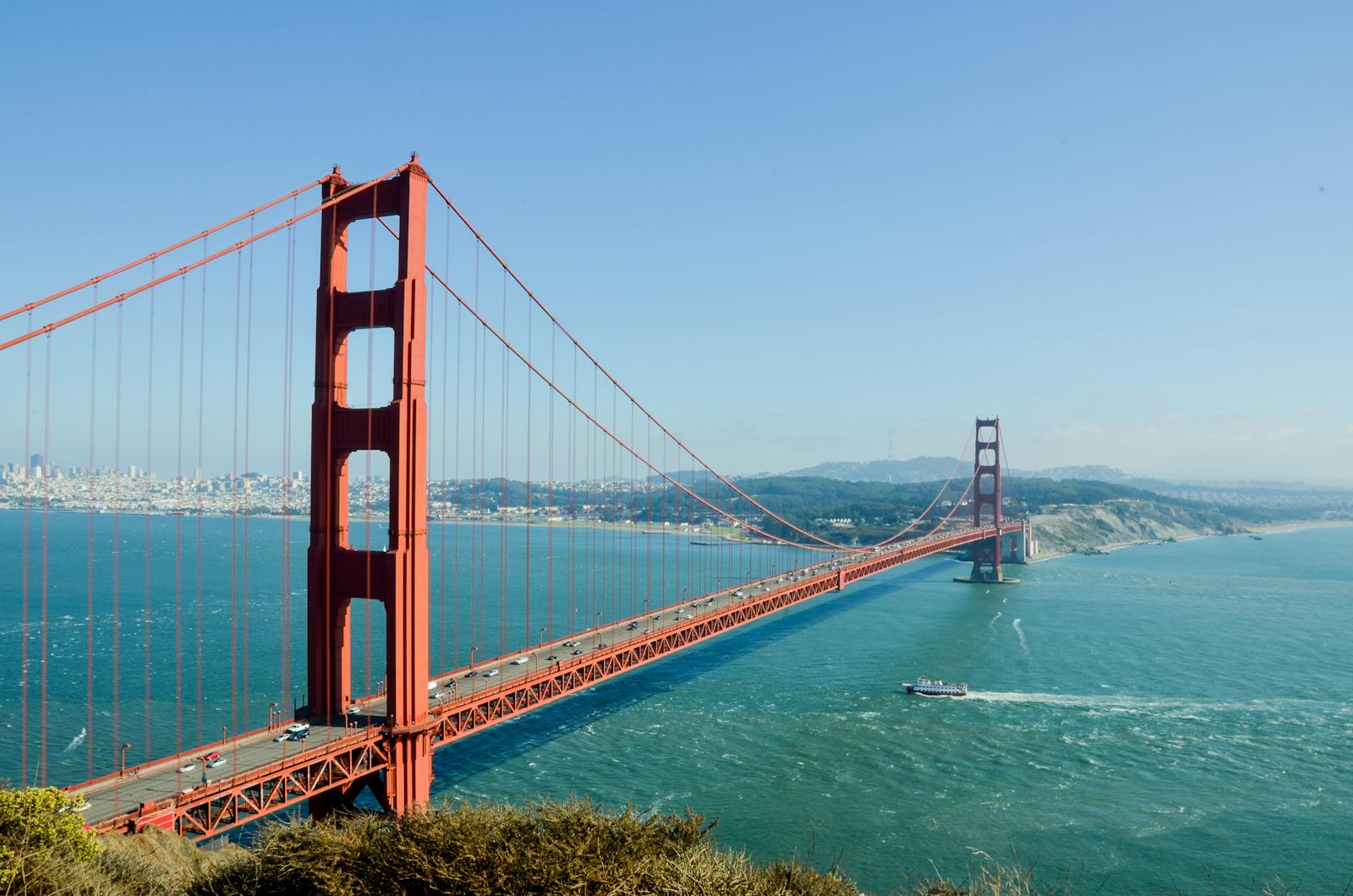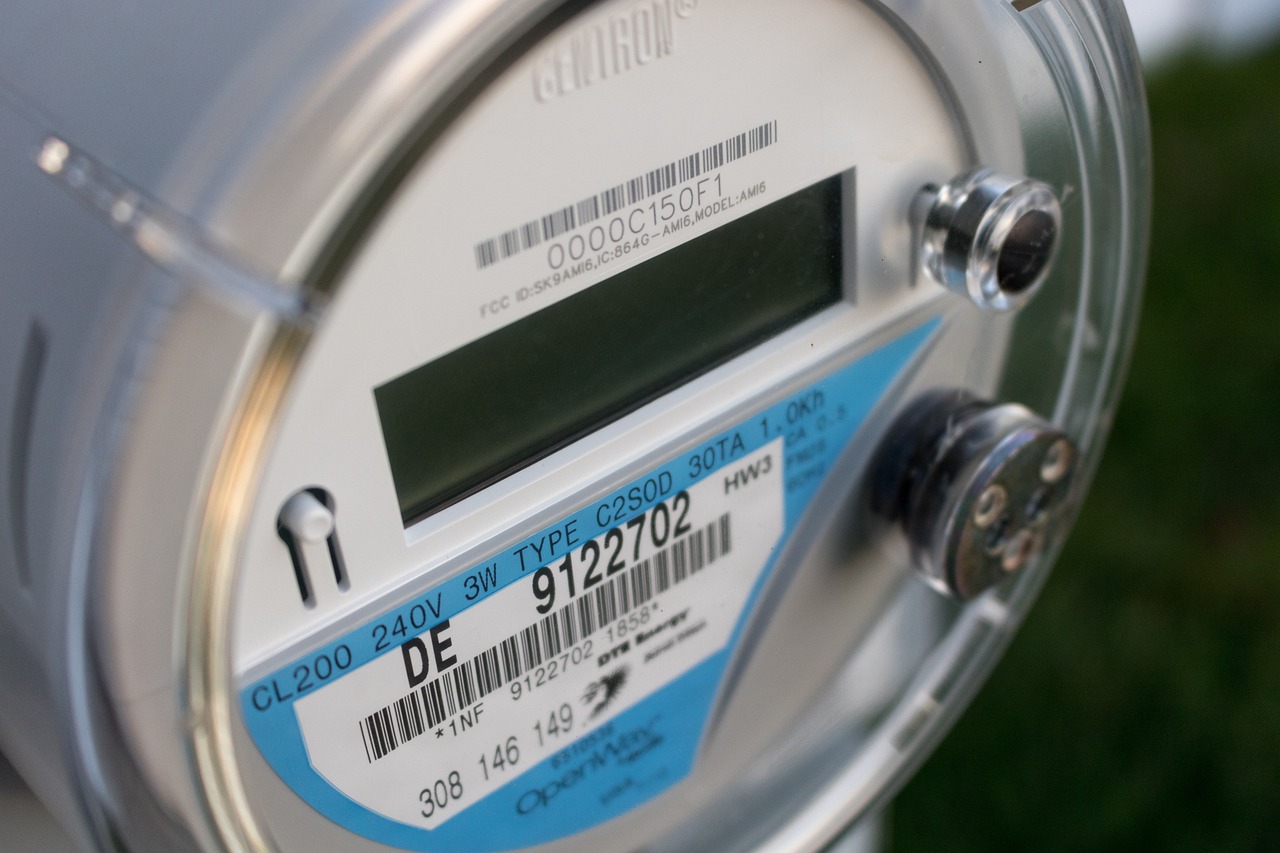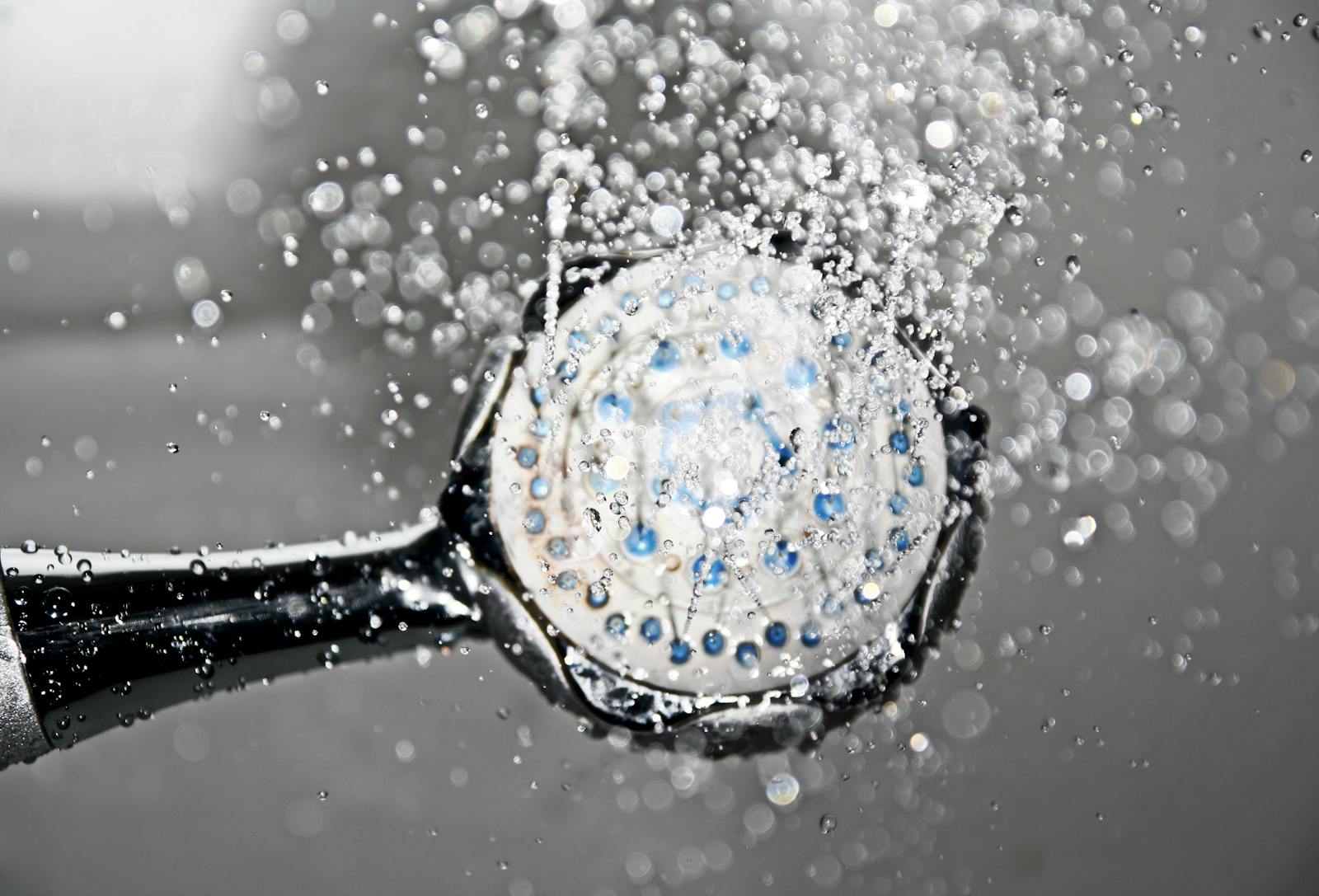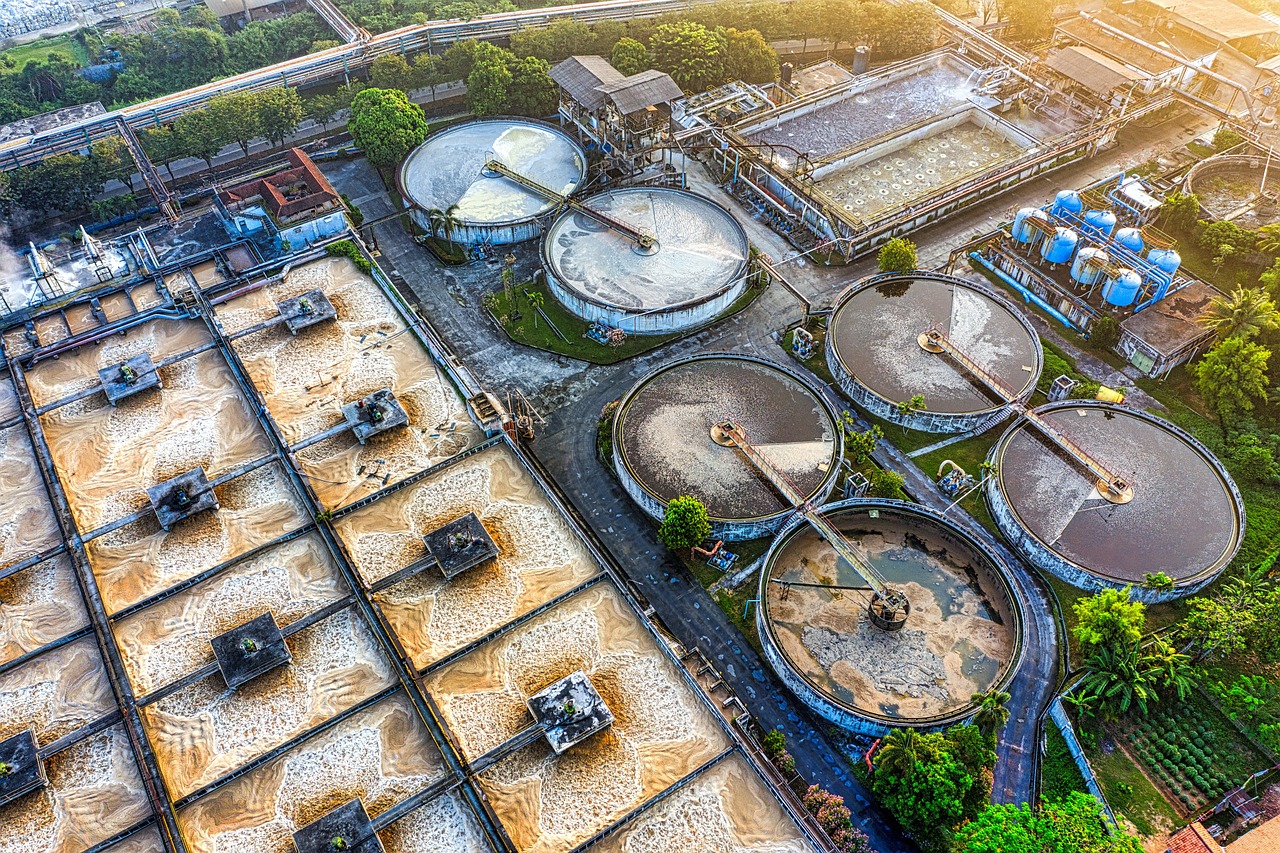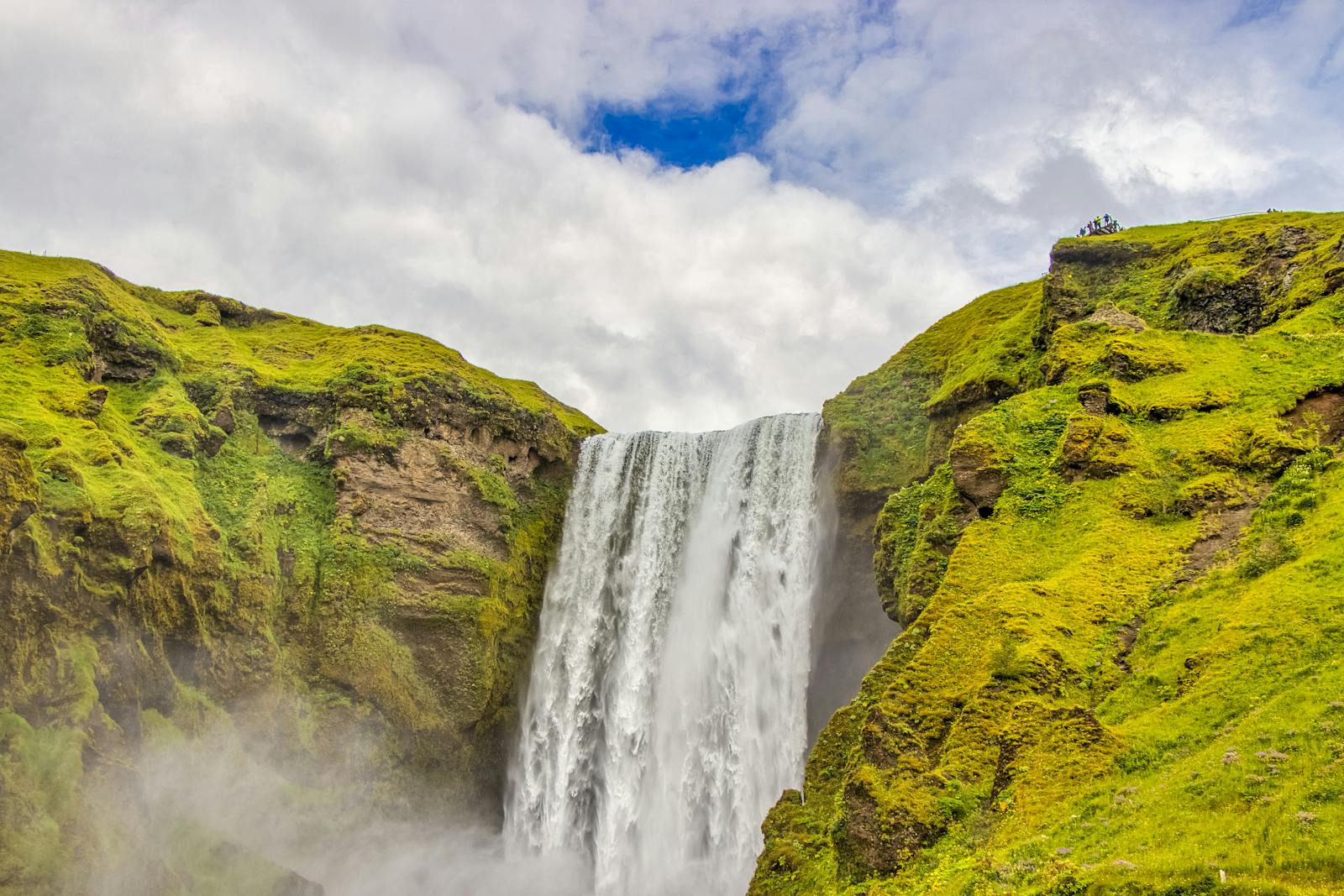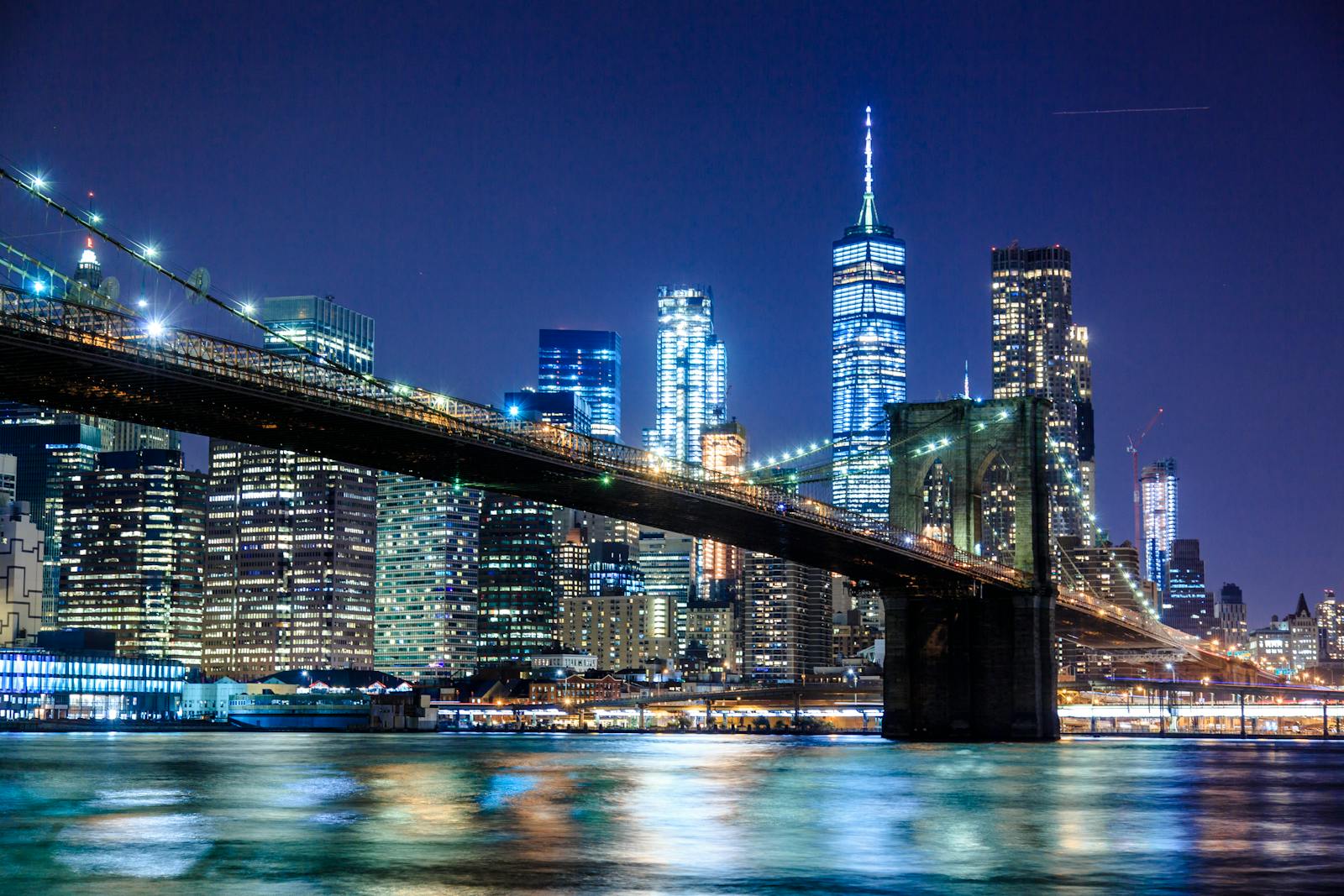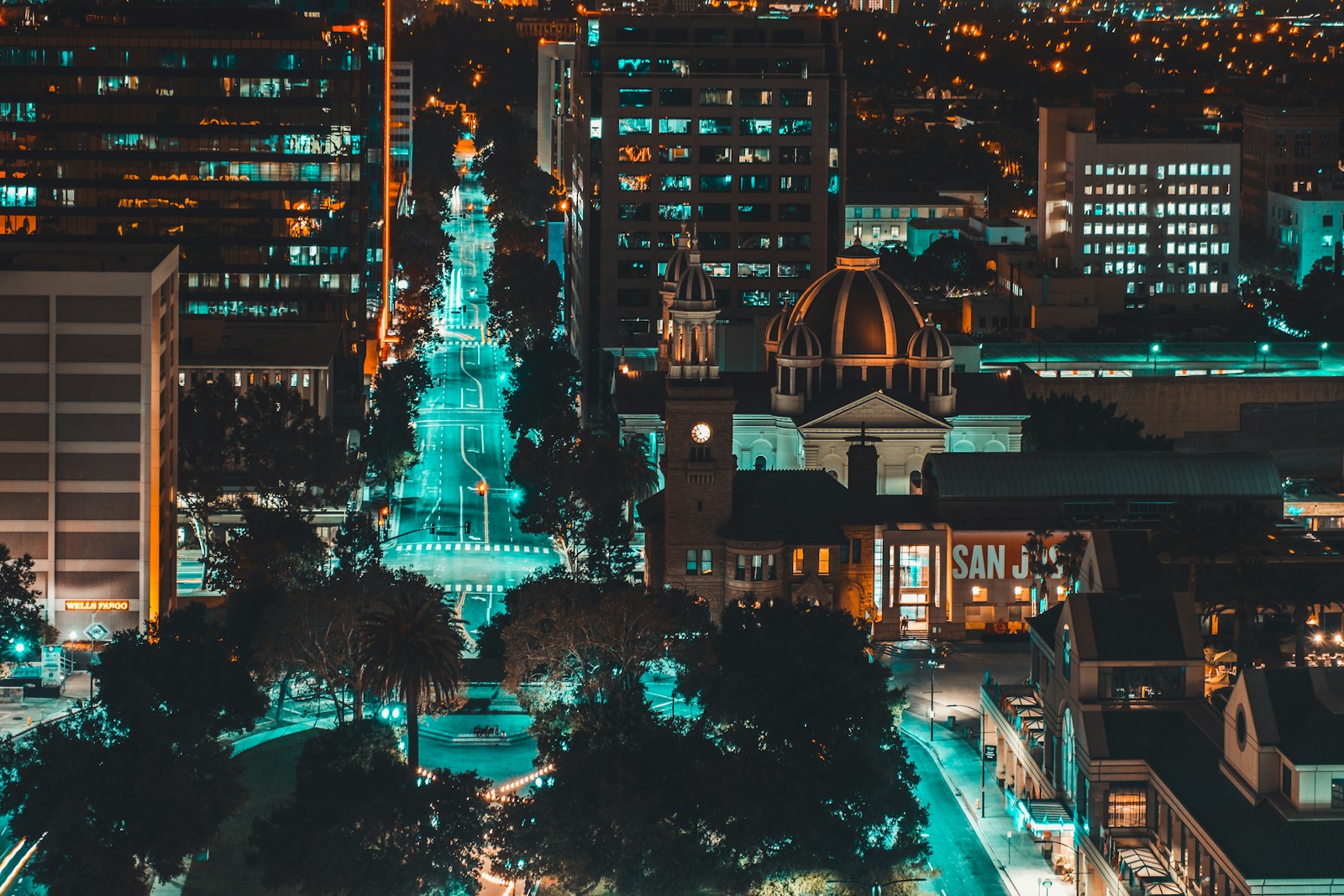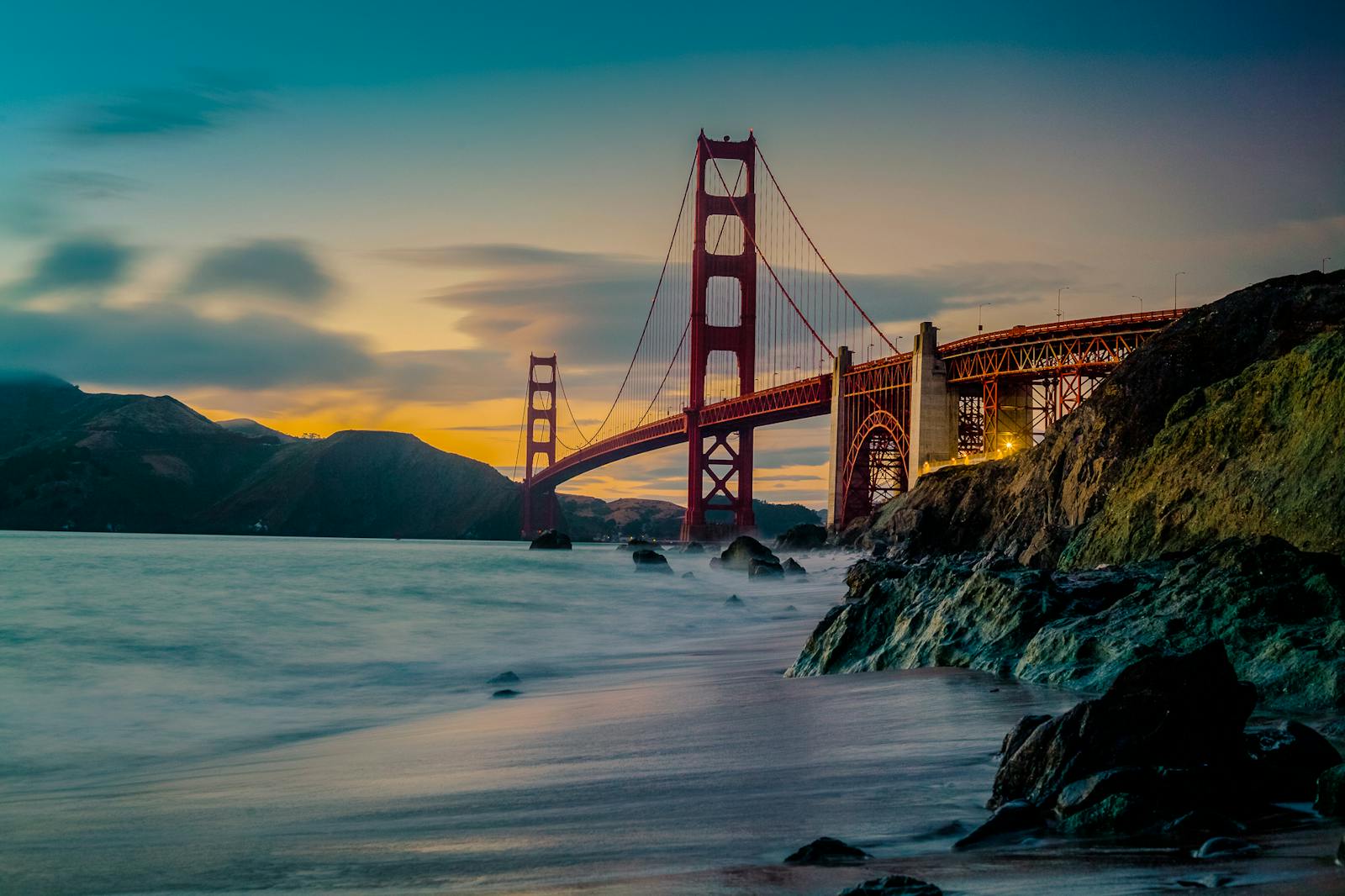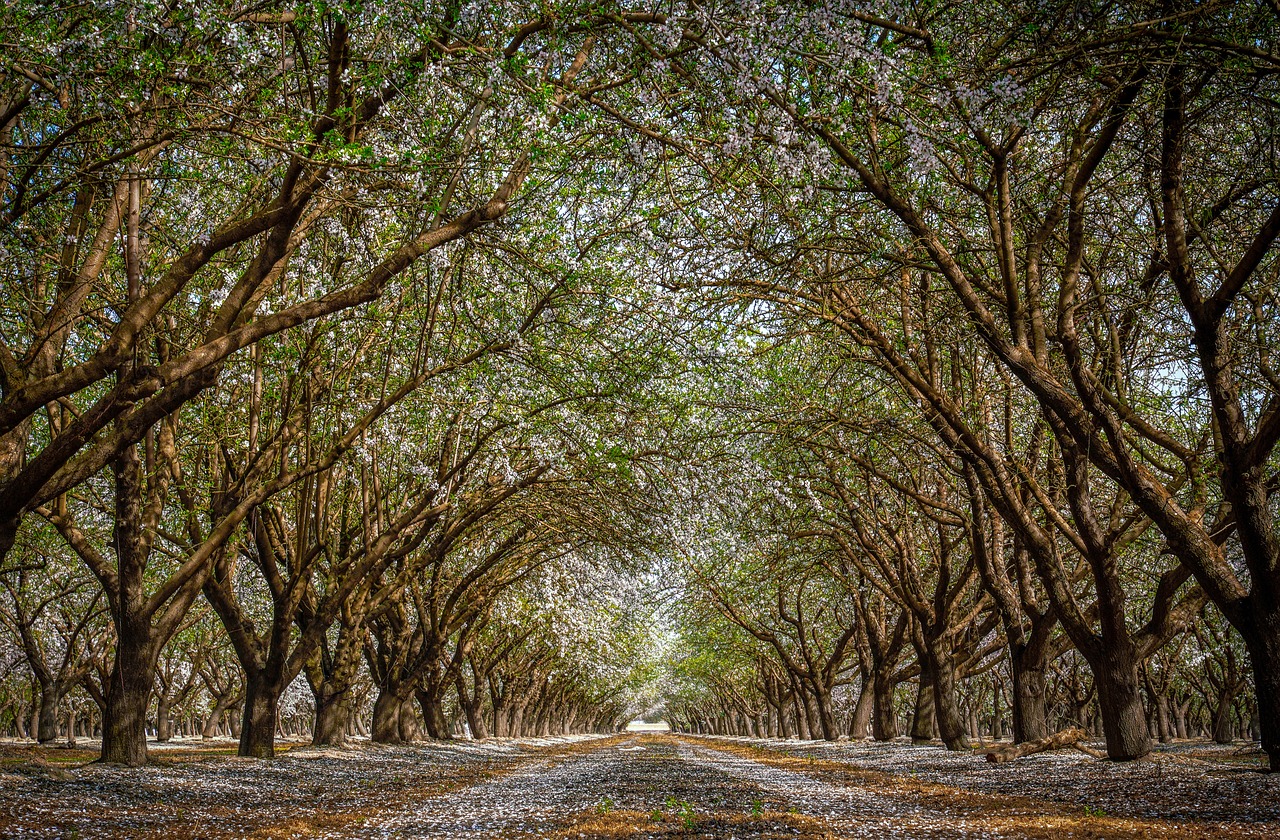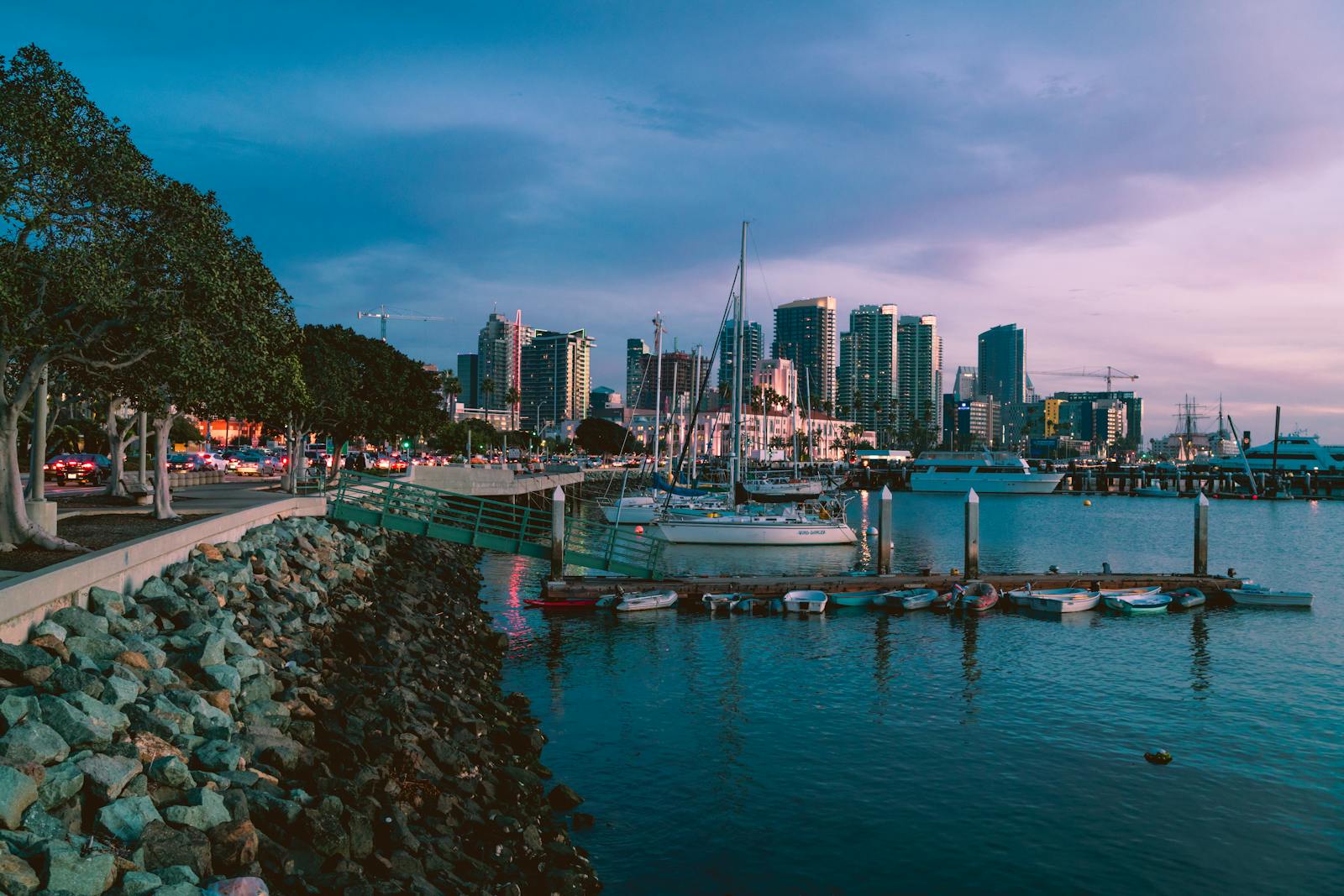London Water Insights
Overall Score
London Water Insights
Overall Score
London Water Insights
✅ Overall Score
🏙️ Urban Planning Score
🌊 Flood Zones Management
📏 Water Levels
🏞️ Lakes and Reservoirs
🏖️ Beaches Score
🔧 Water Technologies
🏭 Desalination Plants
🌧️ Rain Capture Systems
🏞️ Rivers Score
🌊 Dams Score
🚰 Drainage Score
🌿 Sustainability Score
🌡️ Climate Vulnerability Score
💦 Water Quality Score
🌊 Water Flow Score
⚖️ Water Rights Score
🎣 Fishing Score
🚣 Recreation Score
☁️ Weather Patterns Score
🐟 Aquatic Life Score
🚢 Shipping and Ports Score
🏗️ Infrastructure Score
🌱 Native Flora Score
🦆 Wetlands Score
🏡 Residential Water Use
🏢 Commercial Water Use
🏥 Public Health Score
🗺️ Geographic Features Score
🛑 Water Restrictions Score
📊 Water Usage Statistics
🌐 Global Impact Score
📚 Educational Programs Score
🤝 Community Engagement
🏆 Awards and Recognition
📜 Historical Sites Score
🚨 Emergency Preparedness
🌈 Water Conservation Score
🛒 Water Market Score
🌍 Continent
Europe
🚩 Country
United Kingdom
👥 Population
Approximately 9 million (as of 2021)
💧 Water Management System
Managed primarily by Thames Water, supplying 2.5 billion liters of drinking water daily and treating 4.6 billion liters of wastewater.
🌊 Flood Zones
London is vulnerable to flooding, primarily along the River Thames, with protection from the Thames Barrier and drainage systems.
📏 Water Levels
Water levels in the Thames River vary due to tidal influences and seasonal rainfall.
✈️ Living & Working Remotely
🏞️ Lakes and Reservoirs
London has several reservoirs, including the Queen Mary Reservoir, and natural lakes in urban parks.
🏖️ Beaches
London is inland but features urban beaches along the Thames during events and in artificial leisure areas. Checkout CoolContrast
🔧 Water Technologies
Uses smart water meters, AI-powered monitoring, and the Thames Water Ring Main for efficient distribution.
🏭 Desalination Plants
The Beckton Desalination Plant provides up to 150 million liters of fresh water daily, supplementing supply during dry periods.
🌧️ Rain Capture Systems
London promotes rainwater harvesting for non-drinking purposes in residential and commercial buildings.
🏞️ Rivers
The River Thames is the city’s primary water source, with tributaries such as the Lea and Wandle Rivers.
🌊 Dams
The Thames Barrier serves as a flood defense rather than a traditional dam.
🚰 Drainage Systems
A combination of historic Victorian sewers and modern drainage systems prevents urban flooding.
🌿 Sustainability Initiatives
Projects focus on leak reduction, wastewater recycling, and conservation programs.
🌡️ Climate Vulnerability
London is susceptible to rising sea levels, flooding, and increased drought risk due to climate change.
💦 Water Quality Index
Water quality meets EU and UK standards, with regular testing for contaminants. Go to Tap Water to learn more.
🌊 Water Flow Rate
Monitored for rivers and canals, especially during irrigation seasons.
⚖️ Water Rights and Regulations
Regulated by the Environment Agency and Ofwat, ensuring sustainable and equitable distribution.
🎣 Fishing Conditions
Improved water quality has led to a return of fish species like salmon, perch, and bream in the Thames.
🚣 Recreational Water Activities
Includes rowing, sailing, and paddleboarding on the Thames and various reservoirs.
☁️ Weather Patterns
London has a temperate maritime climate, with moderate rainfall year-round.
🐠 Aquatic Life
Efforts to restore the Thames have resulted in better biodiversity, with eels, seals, and even dolphins spotted occasionally.
🚢 Shipping and Ports
The Port of London is a major economic hub, handling cargo and commercial traffic.
🏗️ Water Infrastructure
Includes extensive underground pipelines, treatment plants, and stormwater management systems.
🌱 Native Flora
Wetlands and green spaces support native plant species like reed beds, water lilies, and willows.
🦆 Wetlands
Conservation areas such as the London Wetland Centre support diverse wildlife and improve water retention.
🏡 Residential Water Usage
Households use an average of 142 liters per person per day, with conservation programs in place.
🏢 Commercial Water Usage
Businesses account for a significant portion of London’s daily water consumption, with sustainability incentives in place.
🏥 Public Health and Water
London’s tap water is safe to drink, with rigorous testing and minimal contamination risks.
🗺️ Geographic Features
Defined by the Thames River basin, with surrounding hills and flood plains.
🛑 Water Restrictions
Rare but enforced during droughts, with hosepipe bans and water-saving advisories.
📊 Water Usage Statistics
Regularly published by Thames Water, tracking demand and conservation progress.
🌐 Impact on Global Water
London contributes to international water sustainability projects and urban water management innovations.
📚 Water Education Programs
Initiatives include school programs, public awareness campaigns, and conservation partnerships.
🤝 Community Engagement in Water Conservation
Local initiatives encourage water-saving practices and river clean-ups.
🏆 Awards and Recognition for Water Stewardship
Recognized for its sustainable urban water management and flood control efforts.
📜 Historical Water Sites
Sites like the Victorian-era Crossness Pumping Station highlight London’s water history.
🚨 Emergency Water Preparedness
Contingency plans include backup reservoirs and drought response strategies.
🌈 Water Conservation Efforts
Focused on leak reduction, industrial efficiency, and public engagement.
🛒 Water Market and Economy
The water sector contributes significantly to London’s economy through infrastructure investment and trade.
💼 Economic Impact of Water
Supports real estate, business operations, and industrial production, influencing London’s overall economic growth.
Community and Education in Water Management in London 🇬🇧
London has a strong network of community-driven water conservation efforts and educational programs that promote sustainability, flood resilience, and responsible water use. With increasing climate risks and urban water demand, public education plays a vital role in ensuring long-term water security.
🤝 Community Engagement in Water Sustainability
✔ Thames River Cleanups – Volunteer groups like Thames21 engage residents in river restoration, litter removal, and habitat conservation.
✔ Water Efficiency Programs – Thames Water runs public campaigns encouraging smart water use, leak detection, and rainwater harvesting.
✔ Sustainable Home Initiatives – Households are incentivized to install water-efficient appliances, rain barrels, and green roofs.
✔ Wetland & Biodiversity Conservation – Projects such as the London Wetland Centre work to restore natural floodplains and support urban wildlife.
📚 Water Education Programs in London
London invests in public education to enhance water literacy, climate adaptation, and conservation awareness through schools, visitor centers, and digital resources.
✔ Thames Water Education Centre – Offers workshops for schools and residents about water recycling, pollution prevention, and climate resilience.
✔ Sustainable Schools Initiative – Many London schools participate in water-saving projects, integrating sustainability into STEM and geography curricula.
✔ Museum & Science Exhibits – Institutions like The Museum of London and The Science Museum highlight London’s historic and modern water infrastructure.
✔ University Research & Partnerships – Leading institutions like Imperial College London and UCL collaborate on climate resilience, flood prevention, and urban water sustainability research.
🌍 A Model for Water Conservation & Public Awareness
Through community action, educational outreach, and conservation incentives, London is building a water-conscious society that actively contributes to preserving its water resources. Its combination of historic river management expertise and modern sustainability initiatives makes it a global leader in urban water stewardship.
Urban Planning and Water Management in London 🇬🇧
London’s urban planning strategy integrates advanced water management systems to ensure resilient infrastructure, flood control, and sustainable water supply for its growing population. With climate change increasing flood risks and water demand, the city has adopted smart urban development practices that balance conservation, innovation, and long-term sustainability.
🏙️ Sustainable Urban Planning for Water Resilience
✔ Thames Barrier & Flood Defenses – One of the world’s largest flood control structures, the Thames Barrier protects London from tidal surges and rising sea levels.
✔ Green Infrastructure & Sponge City Design – The city promotes rain gardens, green roofs, and permeable surfaces to improve stormwater absorption and reduce urban runoff.
✔ Sustainable Drainage Systems (SuDS) – London has implemented urban wetlands, retention ponds, and bio-swales to manage excess rainfall and prevent flooding.
✔ Water-Sensitive Urban Design (WSUD) – New developments follow climate-adaptive urban planning that prioritizes water efficiency, conservation, and wastewater recycling.
💧 London’s Water Management Strategies
✔ Smart Water Distribution System – Thames Water uses AI-powered leak detection, smart meters, and predictive analytics to reduce waste and improve efficiency.
✔ Water Recycling & Reuse – The city has introduced greywater recycling and wastewater treatment upgrades to reduce freshwater dependency.
✔ Desalination & Backup Supply – The Beckton Desalination Plant provides an emergency freshwater source, supplementing London’s supply during droughts.
✔ Reservoir & Groundwater Management – London sources water from the River Thames, reservoirs, and aquifers, ensuring a balanced and sustainable water supply.
✔ Rainwater Harvesting & Sustainable Homes – New urban developments encourage rainwater collection and eco-friendly home water systems to reduce demand on municipal water.
🌍 Future-Proofing London’s Water & Urban Planning
With climate risks, population growth, and urban expansion, London continues to invest in cutting-edge water solutions, including:
✔ Tidal Flood Protection Upgrades – Plans to reinforce the Thames Barrier and expand flood control infrastructure.
✔ Decentralized Water Systems – Increasing localized water treatment, storage, and stormwater reuse in new developments.
✔ AI & Smart City Water Monitoring – Predictive analytics and IoT water sensors to improve efficiency and resilience.
London’s urban water management model serves as a blueprint for other global cities, demonstrating how smart infrastructure, green planning, and technological innovation can create a sustainable and flood-resilient urban environment.
Sustainability and Water Conservation in London 🇬🇧
London has embraced sustainability and water conservation as key strategies to ensure long-term water security while addressing climate change, urban growth, and increasing water demand. The city’s approach integrates smart water management, conservation programs, and green infrastructure to promote efficient and responsible water use.
🌍 Sustainable Water Initiatives in London
✔ Water-Efficient Homes & Businesses – New developments and businesses are required to adopt low-flow appliances, water recycling systems, and rainwater harvesting.
✔ Leak Reduction & Smart Meters – Thames Water has invested in AI-powered leak detection and smart metering technology to minimize water waste.
✔ Greywater & Wastewater Recycling – The city promotes greywater reuse for irrigation and industrial use, reducing reliance on fresh water.
✔ Green Infrastructure & Sponge City Design – London integrates rain gardens, green roofs, and permeable pavements to capture and filter rainwater.
✔ Desalination as a Backup Water Source – The Beckton Desalination Plant ensures emergency water supply during droughts.
💧 Water Conservation Programs & Public Awareness
✔ London’s Water Conservation Pledge – Residents and businesses are encouraged to reduce daily water usage through incentive programs.
✔ Educational Campaigns & Community Engagement – Organizations like Thames Water and Thames21 run water-saving awareness programs.
✔ Sustainable Drainage Systems (SuDS) – Wetlands, retention ponds, and bio-swales help store and filter rainwater naturally.
✔ Water-Efficient Landscaping – Public parks and urban spaces prioritize native and drought-resistant plants to reduce irrigation needs.
🌡️ Climate Change & Water Sustainability Challenges
✔ Drought Preparedness – London faces periodic water shortages, prompting stricter water efficiency regulations and restrictions during dry seasons.
✔ Flood & Stormwater Resilience – Increasing rainfall and extreme weather events require expansion of green infrastructure and flood control systems.
✔ Reducing Carbon Footprint of Water Supply – Efforts are in place to decarbonize water treatment plants and use renewable energy in water management.
🚀 The Future of Water Sustainability in London
✔ More Recycled Water Initiatives – Plans to expand water reuse projects for homes, industries, and agriculture.
✔ AI & Data-Driven Water Efficiency – The city is enhancing predictive water monitoring and automated conservation strategies.
✔ Stronger Policies on Industrial Water Use – Businesses will be required to meet stricter water efficiency standards.
London’s commitment to sustainability and conservation ensures that future generations will have access to clean, reliable water. By integrating technology, green planning, and public awareness, the city is setting a global benchmark for urban water sustainability.
Public Health and Water Management in London 🇬🇧
London’s water management system plays a crucial role in protecting public health, ensuring safe drinking water, sanitation, and flood control for its growing population. Through strict regulations, advanced treatment facilities, and sustainable urban planning, the city maintains high-quality water standards and minimizes health risks related to waterborne diseases and pollution.
💧 Ensuring Safe Drinking Water & Sanitation
✔ High Water Quality Standards – London’s drinking water meets UK and EU safety regulations, with regular testing for bacteria, heavy metals, and chemical contaminants.
✔ Advanced Water Treatment Plants – Thames Water operates state-of-the-art filtration, UV disinfection, and chlorine treatment to ensure safe and clean water.
✔ Strict Monitoring & Compliance – The Drinking Water Inspectorate (DWI) oversees water safety compliance across London.
✔ Reducing Lead & Pipe Contamination – Old lead pipes are gradually being replaced to improve water purity and protect public health.
🚰 Wastewater Treatment & Pollution Control
✔ Modern Sewage Treatment Facilities – London’s sewage plants process billions of liters of wastewater daily, preventing pollution in the Thames.
✔ The Tideway Tunnel (Super Sewer) – A massive £4 billion project to reduce sewage overflows into the Thames, improving river health and public safety.
✔ Flood & Drainage Systems to Prevent Contamination – Sustainable urban drainage systems (SuDS) help prevent surface water flooding and sewage overflow risks.
✔ Stormwater Pollution Prevention – Investment in rain gardens, permeable streets, and green infrastructure reduces contamination from urban runoff.
🏥 Public Health Risks & Waterborne Disease Prevention
✔ Strict Microbial Safety Standards – Regular checks for E. coli, norovirus, and other pathogens ensure public safety.
✔ Managing Hard Water & Fluoride Levels – London’s water is naturally hard, but does not require additional fluoride, as per health guidelines.
✔ Reducing Pharmaceutical & Chemical Contaminants – Water companies monitor for trace pharmaceuticals, pesticides, and endocrine disruptors.
✔ Emergency Water Supply Plans – In case of natural disasters or system failures, backup reservoirs and desalination plants secure public health.
🌍 Climate Change & Water-Related Public Health Challenges
✔ Heatwaves & Water Demand – Rising temperatures increase water consumption and potential shortages, requiring efficient water distribution.
✔ Flooding & Contamination Risks – Extreme rainfall events can cause sewage overflows, highlighting the need for expanded flood control systems.
✔ Drought-Related Public Health Concerns – Water restrictions and shortages require stronger conservation strategies to maintain public well-being.
🚀 The Future of Public Health & Water Management in London
✔ AI-Powered Water Quality Monitoring – New technology will provide real-time water safety data and predictive analytics.
✔ More Green Infrastructure for Water Purification – Urban wetlands and retention ponds will help improve natural water filtration.
✔ Expanding Water Reuse & Recycling – London plans to increase greywater and wastewater recycling to reduce pressure on freshwater supplies.
By maintaining high public health standards, investing in smart water infrastructure, and improving sanitation systems, London is ensuring a safer, healthier future for its residents.
Infrastructure and Technology in Water Management in London 🇬🇧
London has developed a sophisticated water infrastructure system, combining historical engineering with modern technology to ensure efficient water distribution, wastewater treatment, and flood resilience. The city continually upgrades its Victorian-era waterworks with smart technology, AI monitoring, and climate-resilient solutions to meet the demands of its growing population.
🏗️ Key Water Infrastructure Components
✔ Thames Water Supply Network – Delivers 2.6 billion liters of water daily through a network of reservoirs, treatment plants, and pumping stations.
✔ The Thames Water Ring Main – A 50-mile underground pipeline that transports water efficiently across Greater London, reducing pressure on surface reservoirs.
✔ Victorian-era Drainage System – London still relies on parts of its 19th-century sewer network, which is being modernized to prevent overflows.
✔ Smart Water Grid & Leak Detection – AI-powered leak detection and predictive maintenance help reduce water loss.
🚰 Advanced Water Treatment & Recycling Technologies
✔ State-of-the-Art Water Treatment Plants – Facilities like Kempton Park and Coppermills Water Treatment Works use advanced filtration, UV disinfection, and chlorine treatment.
✔ The Tideway Tunnel (Super Sewer) – A £4 billion underground sewer project designed to prevent 39 million tons of sewage from polluting the Thames annually.
✔ Wastewater Recycling & Greywater Reuse – Increasing investment in reclaimed water for irrigation and industrial use, reducing pressure on fresh water sources.
✔ Desalination for Emergency Supply – The Beckton Desalination Plant can produce 150 million liters of drinking water daily during droughts or crises.
🌍 Smart & Sustainable Water Technology
✔ AI-Powered Water Quality Monitoring – Smart sensors provide real-time data on water purity, contamination risks, and supply efficiency.
✔ Sustainable Urban Drainage Systems (SuDS) – London integrates green roofs, rain gardens, and permeable surfaces to reduce flooding and improve groundwater recharge.
✔ Digital Twin Technology – Advanced simulations help predict water demand, flood risks, and infrastructure maintenance needs.
✔ Water-Saving Smart Meters – Thames Water is rolling out smart water meters across homes and businesses to track and reduce consumption.
🌡️ Climate-Resilient Water Infrastructure
✔ Flood Protection with the Thames Barrier – The world-famous flood defense structure protects London from rising sea levels and storm surges.
✔ Stormwater Management Innovations – New developments incorporate flood-resistant designs, retention ponds, and bio-swales to mitigate heavy rainfall impacts.
✔ Energy-Efficient Water Treatment – London is investing in low-carbon wastewater treatment and renewable-powered water facilities.
🚀 The Future of Water Infrastructure in London
✔ Expansion of AI & Data-Driven Water Management – More machine learning and IoT sensors will optimize water supply and leakage detection.
✔ Greater Water Recycling Efforts – Increasing wastewater reuse for irrigation, industry, and even drinking water purification.
✔ Strengthening Drought Resilience – Plans for additional desalination capacity, expanded reservoirs, and stronger conservation policies.
By integrating modern technology with historic infrastructure, London is ensuring a sustainable, resilient, and efficient water management system for future generations.
Water Management System in London 🇬🇧
London’s water management system is a complex, highly regulated network designed to ensure clean drinking water, effective wastewater treatment, and flood protection. As a city with rising water demand and climate challenges, London continuously invests in advanced infrastructure, smart technology, and sustainable policies to secure its water future.
💧 Key Elements of London’s Water Management System
✔ Water Supply & Distribution – Thames Water supplies 2.6 billion liters of drinking water daily from surface reservoirs, groundwater, and the River Thames.
✔ Reservoir & Groundwater Storage – Major reservoirs such as Queen Mary and Wraysbury store and supply water, while groundwater sources provide additional security.
✔ Smart Water Monitoring – AI-powered leak detection and smart meters help reduce water loss and improve efficiency.
✔ The Thames Water Ring Main – A 50-mile underground pipeline system transports water efficiently across Greater London.
🚰 Wastewater & Drainage Systems
✔ Sewage Treatment & Recycling – Modern plants like Beckton and Crossness treat wastewater, ensuring clean water returns to the Thames.
✔ The Tideway Tunnel (Super Sewer) – A £4 billion project to prevent sewage overflows into the River Thames, protecting water quality.
✔ Sustainable Drainage Systems (SuDS) – Green infrastructure like rain gardens, wetlands, and retention basins reduces stormwater flooding.
✔ Reclaimed Water Use – London is increasing the use of treated wastewater for irrigation, industry, and environmental restoration.
🌊 Flood Control & Climate Resilience
✔ The Thames Barrier – One of the world’s largest flood defense structures, protecting London from tidal surges and rising sea levels.
✔ Urban Flood Protection – The city implements rainwater capture, permeable pavements, and flood-resistant designs in new developments.
✔ Stormwater Management Innovations – Thames Water uses real-time monitoring systems to manage extreme weather events and rainfall.
✔ Drought & Emergency Planning – Backup systems, including the Beckton Desalination Plant, help sustain water supply during shortages.
🌿 Sustainability & Water Conservation
✔ Water Efficiency Programs – Public campaigns encourage lower consumption, smart irrigation, and leak prevention.
✔ Greywater Recycling – More buildings are adopting onsite water recycling to reduce freshwater usage.
✔ Climate-Adaptive Water Policies – London’s water management aligns with net-zero goals, aiming to reduce energy use in water treatment.
🚀 Future Developments in London’s Water Management
✔ AI-Powered Leak Detection & Water Monitoring – Expanding real-time tracking and automated alerts to reduce waste.
✔ Expansion of Sustainable Water Reuse – Increasing treated wastewater recycling for drinking water and industry.
✔ Strengthening Urban Flood Resilience – More flood protection projects, permeable infrastructure, and tidal defenses.
London’s innovative and sustainable water management system ensures long-term security, climate resilience, and urban sustainability.
Water Resource Availability in London 🇬🇧
London relies on multiple water sources to meet the needs of its nearly 9 million residents, drawing from rivers, reservoirs, groundwater, and recycled water. However, with increasing demand, climate change, and seasonal drought risks, the city is focusing on expanding sustainable water management solutions to ensure long-term availability.
💧 Primary Water Sources in London
✔ The River Thames & River Lee – Provide over 80% of London’s drinking water, with raw water treated at major facilities like Coppermills and Walton.
✔ Reservoir Storage – Large reservoirs such as Queen Mary, Wraysbury, and King George V store treated water, ensuring supply during high-demand periods.
✔ Groundwater Aquifers – Around 20% of London’s water comes from underground aquifers, with key boreholes supplying parts of North and South London.
✔ Rainwater Collection & Sustainable Drainage – Increasing efforts to capture and store rainfall, reducing pressure on primary water sources.
🚰 Challenges in Water Resource Availability
✔ Seasonal Water Scarcity – Despite its rainy climate, London experiences drought conditions due to low summer rainfall and high demand.
✔ High Consumption Rates – Londoners use an average of 142 liters of water per person per day, higher than many other European cities.
✔ Leakage & Water Loss – An estimated 600 million liters of water are lost daily due to aging infrastructure and leaks.
✔ Climate Change & Rising Demand – Rising temperatures and population growth increase water stress, making resource management a critical priority.
🌊 Solutions & Future Strategies for Water Security
✔ Water Efficiency Initiatives – Thames Water promotes smart meters, leak detection, and low-flow appliances to reduce unnecessary consumption.
✔ Expansion of Recycled Water Use – More buildings are adopting greywater recycling systems to reduce dependence on freshwater sources.
✔ Desalination for Emergency Supply – The Beckton Desalination Plant serves as a backup water source during droughts.
✔ New Reservoirs & Water Storage – Plans for additional storage solutions to enhance water resilience in the coming decades.
🚀 The Future of London’s Water Resource Management
✔ AI & Predictive Analytics for Water Demand – Expanding use of data-driven water forecasting to optimize supply and reduce shortages.
✔ Tighter Regulations on Industrial & Commercial Water Use – Businesses will face stricter conservation requirements.
✔ Public Awareness & Water-Saving Incentives – Encouraging residents to reduce water waste and participate in conservation programs.
London’s diverse water sources, innovative technology, and long-term sustainability efforts ensure resilient and secure water availability despite growing environmental pressures.
Environmental Impact of Water Management in London 🇬🇧
London’s water management system plays a crucial role in balancing urban water demand, climate resilience, and environmental sustainability. While the city has made significant progress in reducing pollution, improving water efficiency, and expanding green infrastructure, challenges remain in wastewater treatment, river health, and climate-related water risks.
🌿 Positive Environmental Contributions
✔ Thames Cleanup & Water Quality Improvement – Decades of investment in sewage treatment and pollution control have transformed the River Thames into one of the cleanest urban rivers in the world.
✔ Sustainable Drainage Systems (SuDS) – Green infrastructure, including rain gardens, wetlands, and permeable pavements, helps reduce runoff and prevent flooding.
✔ Expansion of Water Recycling & Reuse – Increased investment in greywater recycling, reclaimed water use, and industrial water efficiency reduces freshwater consumption.
✔ Energy-Efficient Water Treatment – Water utilities are shifting to renewable energy sources and carbon-neutral operations to lower environmental impact.
⚠️ Environmental Challenges & Risks
✔ Sewage Overflows & Pollution – Despite improvements, stormwater and sewage overflows still pose a risk to London’s rivers and wildlife.
✔ High Carbon Footprint of Water Supply – Pumping, treating, and distributing water requires significant energy, contributing to CO₂ emissions.
✔ Groundwater Over-Extraction – Reliance on underground aquifers has led to fluctuations in water table levels, impacting ecosystems.
✔ Climate Change & Water Stress – Rising temperatures and changing rainfall patterns increase flood risks while also leading to drought conditions.
🌍 Climate Adaptation & Environmental Protection Measures
✔ The Thames Tideway Tunnel (Super Sewer) – A £4 billion project to prevent sewage from entering the Thames, significantly reducing water pollution.
✔ Smart Water Monitoring & AI-Based Leak Detection – Using real-time data analytics to optimize water use and prevent over-extraction.
✔ Flood Resilience & Urban Planning – More flood-resistant infrastructure, including stormwater basins, green roofs, and tidal defenses.
✔ Sustainable Agriculture & Industrial Water Use – Implementing water-saving irrigation and stricter regulations on industrial water discharge.
🚀 The Future of Sustainable Water Management in London
✔ Expansion of Green Infrastructure & Wetlands – More investment in natural water filtration systems to protect river ecosystems.
✔ Increased Use of Recycled & Reclaimed Water – Reducing dependency on freshwater sources by scaling up greywater and wastewater reuse.
✔ Stronger Regulations on Water Pollution & Industrial Waste – Stricter environmental policies for businesses to limit water contamination.
✔ Net-Zero Carbon Water Utilities – Thames Water aims to fully decarbonize operations, using renewable energy for water treatment.
London’s sustainable water management initiatives are leading the way in reducing environmental harm, ensuring that future generations have access to clean water while protecting ecosystems.
World Water Insights & Management
Get notified on new water management news, updates & advancements around the world.
Shop Books, eBooks, Audiobooks
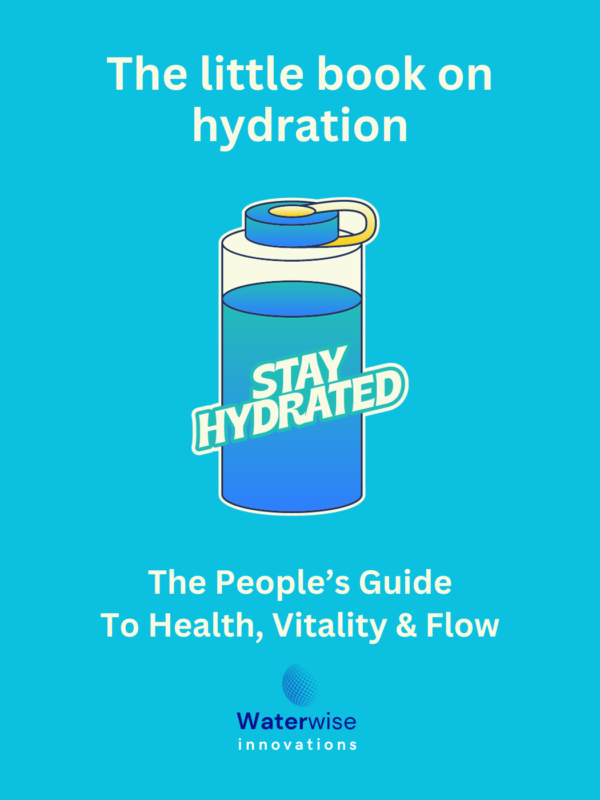
The Little Book on Hydration: The People’s Guide To Health, Vitality & Flow (Audiobook)
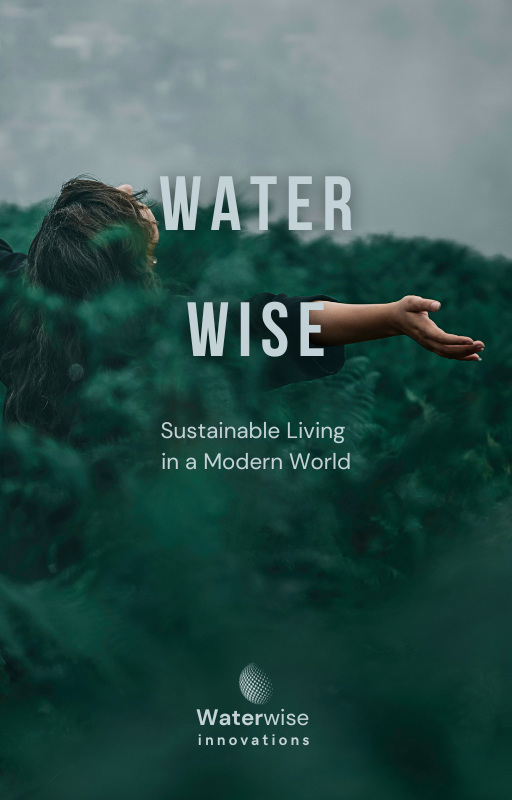
Water Wise: Sustainable Living in a Modern World
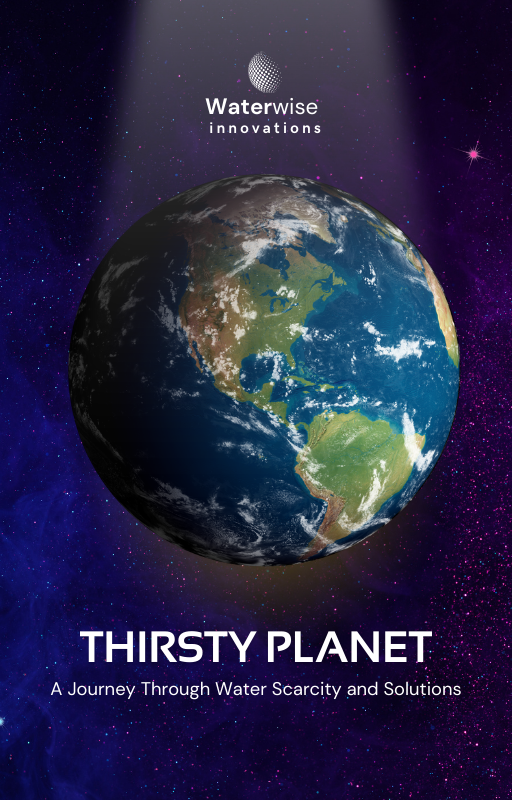
Thirsty Planet: A Journey Through Water Scarcity and Solutions

Atmospheric Water Generators: And How to Build One
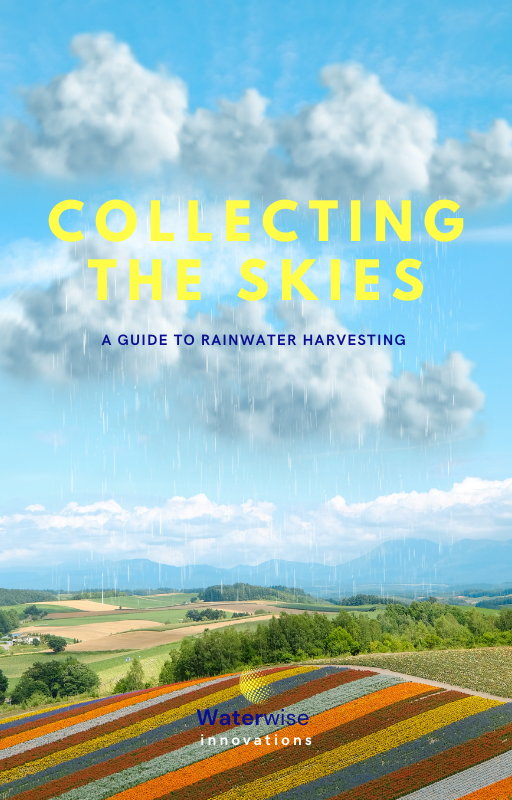
Collecting the Skies: A Guide to Rainwater Harvesting

The Little Book on Hydration: The People’s Guide To Health, Vitality & Flow
Reviews of London Water Management
There are no reviews yet. Be the first one to write one.
There are no reviews yet. Be the first one to write one.


